









 BEYOND IMITATION BY NIHARIKA ARABANDI
THE CYBERCORE SPECIAL
THE LOBOTOMY CHIC SHOOT
BRAIN ROT BY CLAIRE SCHWEIG
BEYOND IMITATION BY NIHARIKA ARABANDI
THE CYBERCORE SPECIAL
THE LOBOTOMY CHIC SHOOT
BRAIN ROT BY CLAIRE SCHWEIG











 BEYOND IMITATION BY NIHARIKA ARABANDI
THE CYBERCORE SPECIAL
THE LOBOTOMY CHIC SHOOT
BRAIN ROT BY CLAIRE SCHWEIG
BEYOND IMITATION BY NIHARIKA ARABANDI
THE CYBERCORE SPECIAL
THE LOBOTOMY CHIC SHOOT
BRAIN ROT BY CLAIRE SCHWEIG
“If I stepped away from TikTok, would I be living in ignorant bliss while the matters of the world continued to unfold around me? I couldn’t help but think of the anti-comet protestors in the 2021 Netflix Original “Don’t Look Up,” averting their eyes from the sky and ignoring the extinction level comet hurtling towards them. Unplugging from TikTok and binge watching HBO shows somehow felt like I was ignoring a different comet of my own.”
“ What came next was even more frightening... Like a gluttonous calf prepared for slaughter, fattened by a slurry of mindless internet content. Complacent and never fully satiated. Blissfully unaware of their inauspicious fate.”
“It’s predictable that our inventions could easily cripple whole populations. It’s predictable that we’ll become complacent with our consumption. It’s predictable that we will be scared of change. It is entirely predictable that we could create our greatest adversary.”
FASHION
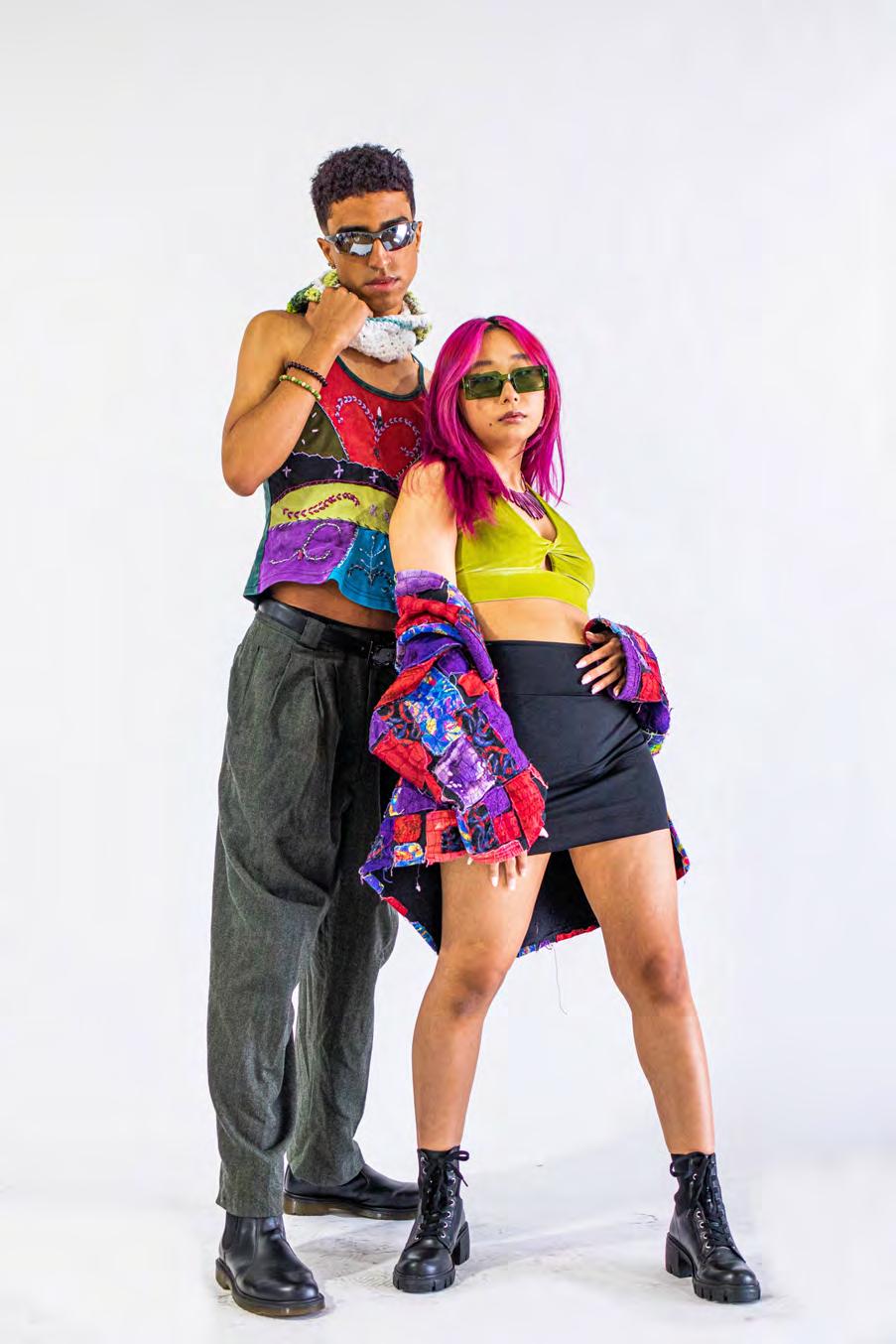
DISCOVERING ARTISTIC IDENTITY WITH KY JEON
“My biggest goal would be to become a really big avant garde artist and fashion designer. I don’t wanna limit myself to just being a fashion designer or an artist, so maybe having a museum or a gallery while also hosting runway shows. I want my fashion to be interpreted in an artistic way, not in a commercial way.”


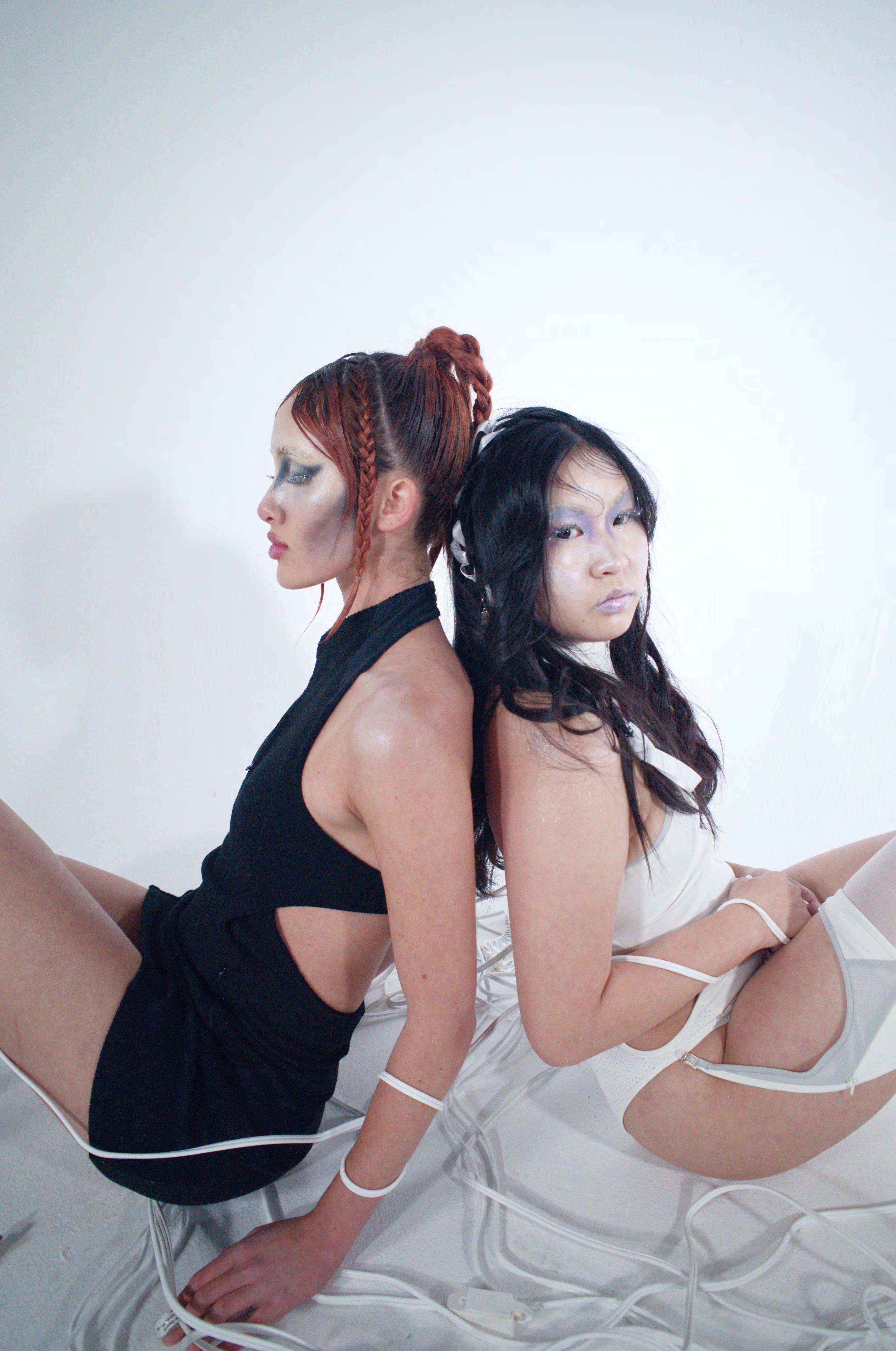
As a self-appointed pop-culture guru and social media indulgent, I spend a good amount of time browsing the web, indulging in everything the endless scroll has to offer.
From TikTok, to Instagram Reels, to Youtube Shorts, I’ve wandered down many content outlets. But even when the algorithm knows me best, I must accept it also knows when a certain topic takes my anxiety down the rabbit hole.
Between time lapses of oil painting and Get Ready With Me’s is an unsettling and uncanny digital assault. A friend recently shared her horror when her usual ocean video essays morphed into a YouTube short showing the decapitation of a tortoise. And that’s just the tip of the iceberg.
What is the solution? I value free and uncensored expression on the internet, especially surrounding public interest. Information affecting the masses must be available to those it impacts. Considering the maxim “knowledge is power,” it’s a glorious thing that anyone with internet access can reach endless information in seconds. Not only can thoughts, trials and opinions be shared online at any time, one can connect with audiences who may find importance, community or intrigue in their message.
However, we’re past the days of compartmentalization. News, conversation, art, creation, and activism now collide. I almost exclusively love this intermixing of everything into one. Art can be activism. Entertainment parallels reality’s struggles and successes. Creation spawns from the events affecting the now.
But, there are times when I want to turn my mind off and be entertained. Sometimes all I want to do is laugh and all I can handle is an elevated version of a baby sensory video.


In early January, like much of California’s regions, my TikTok For You Page flooded with content warning against the atmospheric rivers dumping more water into an already drowned state. For me, this caused a lot of anxiety. After three restless nights in a row glued to my phone with blue-light shining in my eyes, I made a choice – it was time for a detox. Scratch that, a delete. It was time to say goodbye, possibly permanently, probably temporarily, to the app.
I had craved logging off TikTok for a while, but an internal battle kept me locked in: is it better to be on the app – hopefully being tuned-in and educated on the world’s happenings – than not to be? If I stepped away from TikTok, would I be living in ignorant bliss while the matters of the world continued to unfold around me? I couldn’t help but think of the anti-comet protestors in the 2021 Netflix Original “Don’t Look Up,” averting their eyes from the sky and ignoring the extinction level comet hurtling towards them. Unplugging from TikTok and binge watching HBO shows somehow felt like I was ignoring a different comet of my own.
I hopped on TikTok during 2020, like many, for the sake of escapism. TikTok fueled some good laughs, connection through its queer community, and content of artists sharing their craft. Intermixed fashion, pop culture and comedy was information on current events that I might not have heard about or fully understand – many videos breaking the issue down in relatable ways.
For instance, amidst limited news coverage of the wide-spread protest in Iran after the wrongful death of 22 year old Masha Amini, powerful personal video essays pleading for global change sprung up on social media platforms, TikTok especially. Made and posted by Iranian young adults and youth asking for world-wide acknowledgement of the horrors against women by Iran’s morality police, these videos reached audiences through real personal emotion and action-fueled next steps to elevate the cause and Iranian voices.
I saw information on the protests via TikTok long before glimpses came to Instagram and Twitter. More than that, the information seemed to come direct from source – straight from the people experiencing it. But for every singular issue popping up on TikTok, there were hundreds of videos from countless creators discussing the topic. Just as I felt informed on one topic, another upcoming movement or social problem haunting the world would slide into algorithmic order, making it hard to decipher what was important or credible, and what, if anything, I could do about it. Eventually, I was seeing so much heavy content that it was hard to bring myself to feel a personal connection to the information or its real-life implications. I deeply wanted to care about what I was seeing, but the overconsumption led to a sort of indifference. I had come to TikTok for entertainment and had been met with so much, that it all kinda blended into a common bucket of mush.
the wrongful death of 22 year old Masha Amini, the wrongful death of 22 year old Masha Amini,
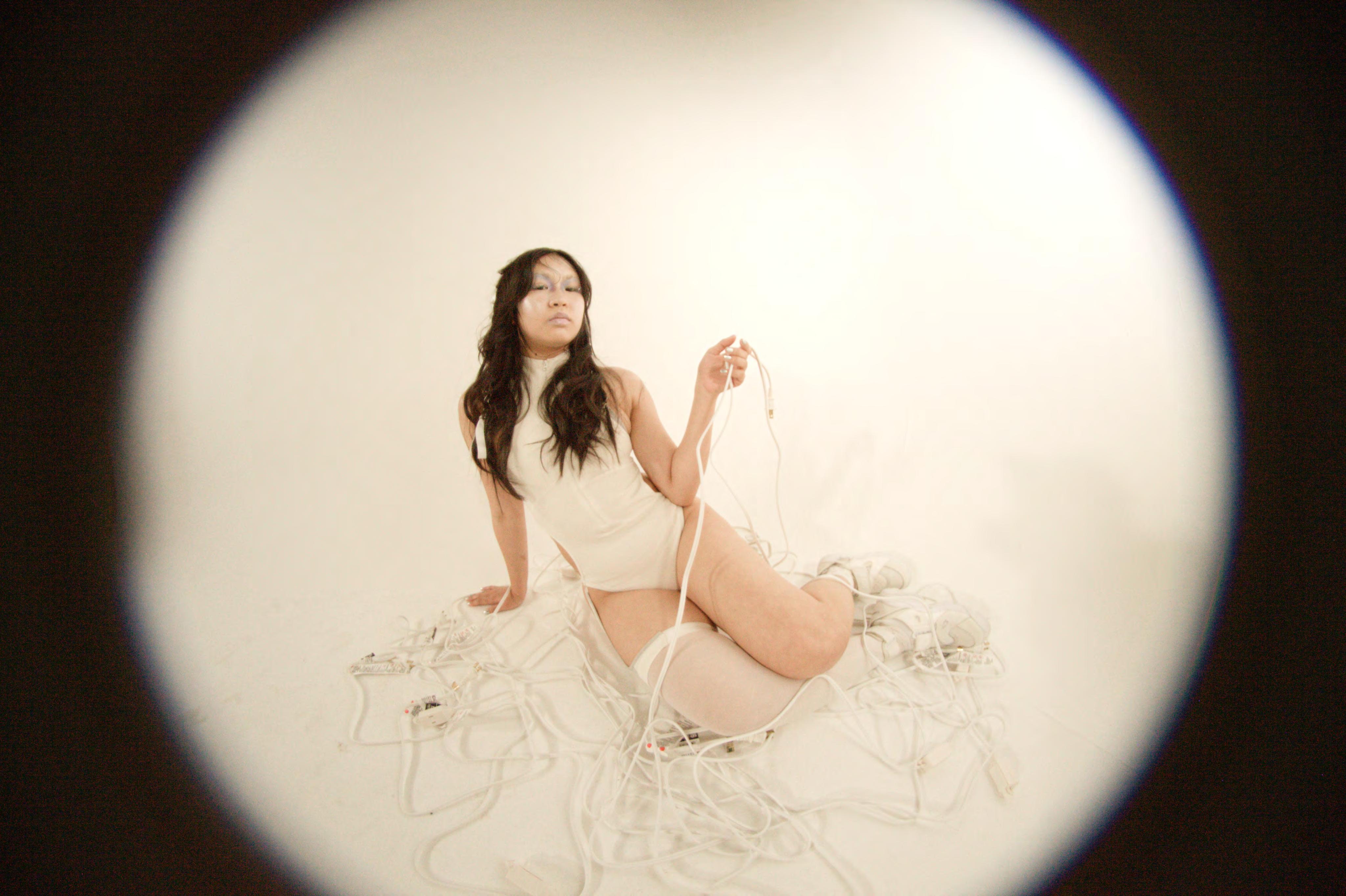
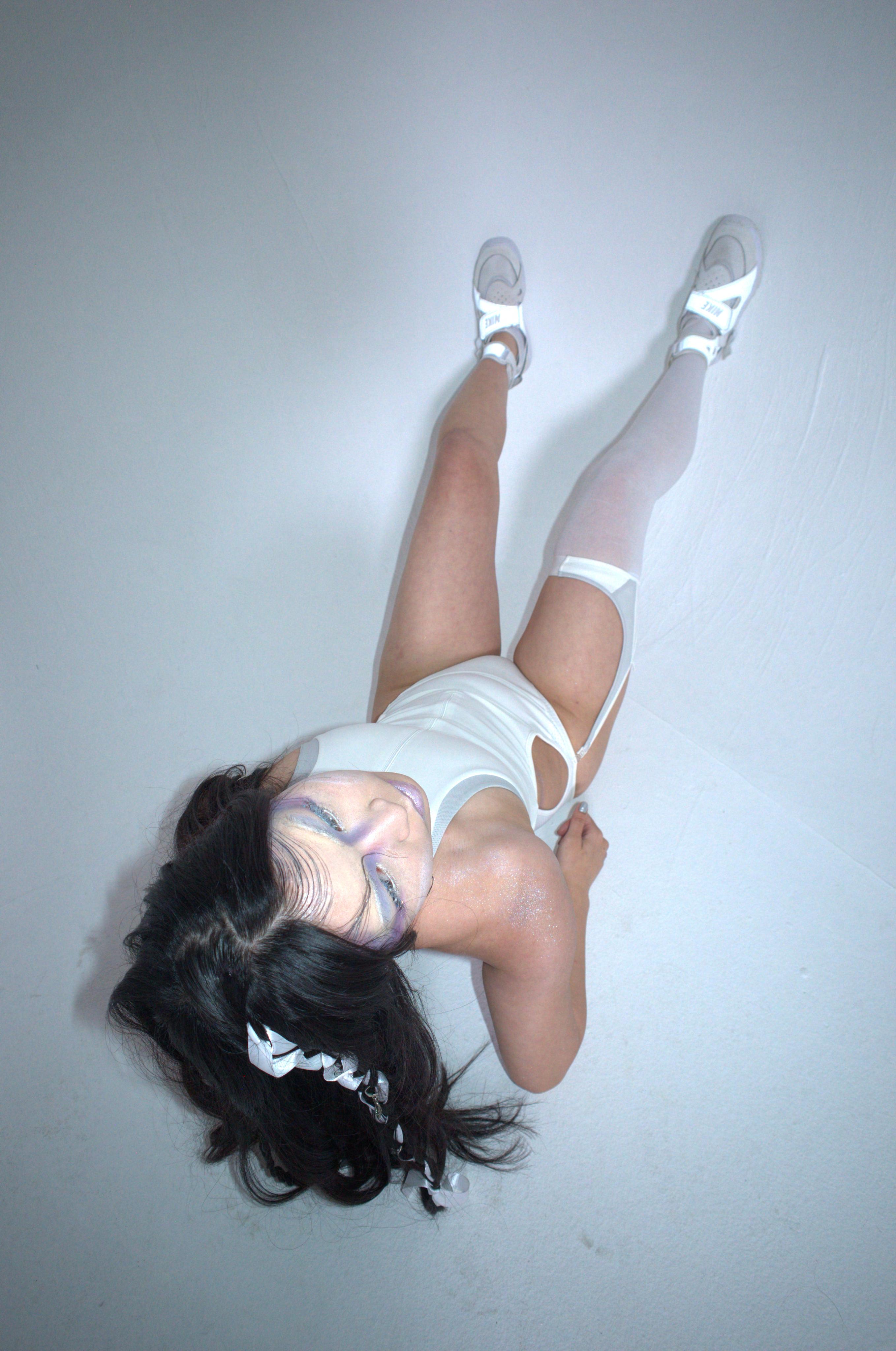
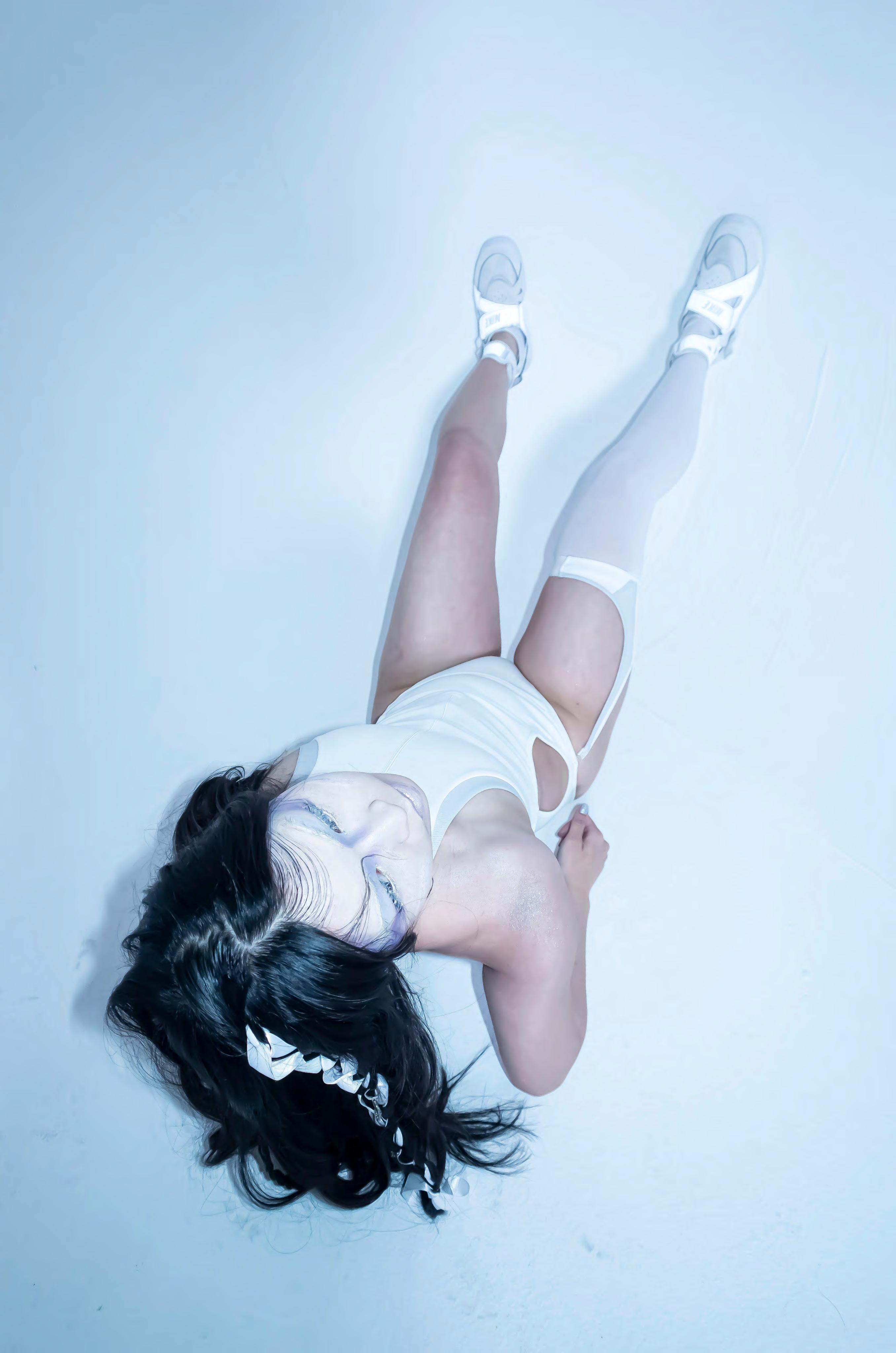


The atmospheric river era being my final straw, I’ve been mostly off TikTok since January. Personally, TikTok cannot be the entertaining safe-space I turn to when in need of an escape. Instead, it’s something I go to for a quick burst of inspiration, pop-culture catch-ups, and insight into what’s on the minds of app-goers. I have to treat it like an intermission – viewing videos sparingly and self regulating. If I see something intriguing or important, I use news-based platforms to inform myself and make educated opinions and actions off of that.
And that’s not to say my experience is universal: I have friends who love the app and will likely continue to enjoy it. Others who feel a similar overwhelmedness and digital burnout as myself, as well some who fall somewhere in the middle.
However, I now practice moderation, laughing here, questioning there, all while slightly unaware – for better or for worse – of the circling information enchanting or concerning beyond my digital perspective.
Still, the addictive burst of dopamine flowing through my brain from the short form video format made it hard to take steps away from everything completely, and I do acknowledge the marketing, connecting and communicating value of TikTok.


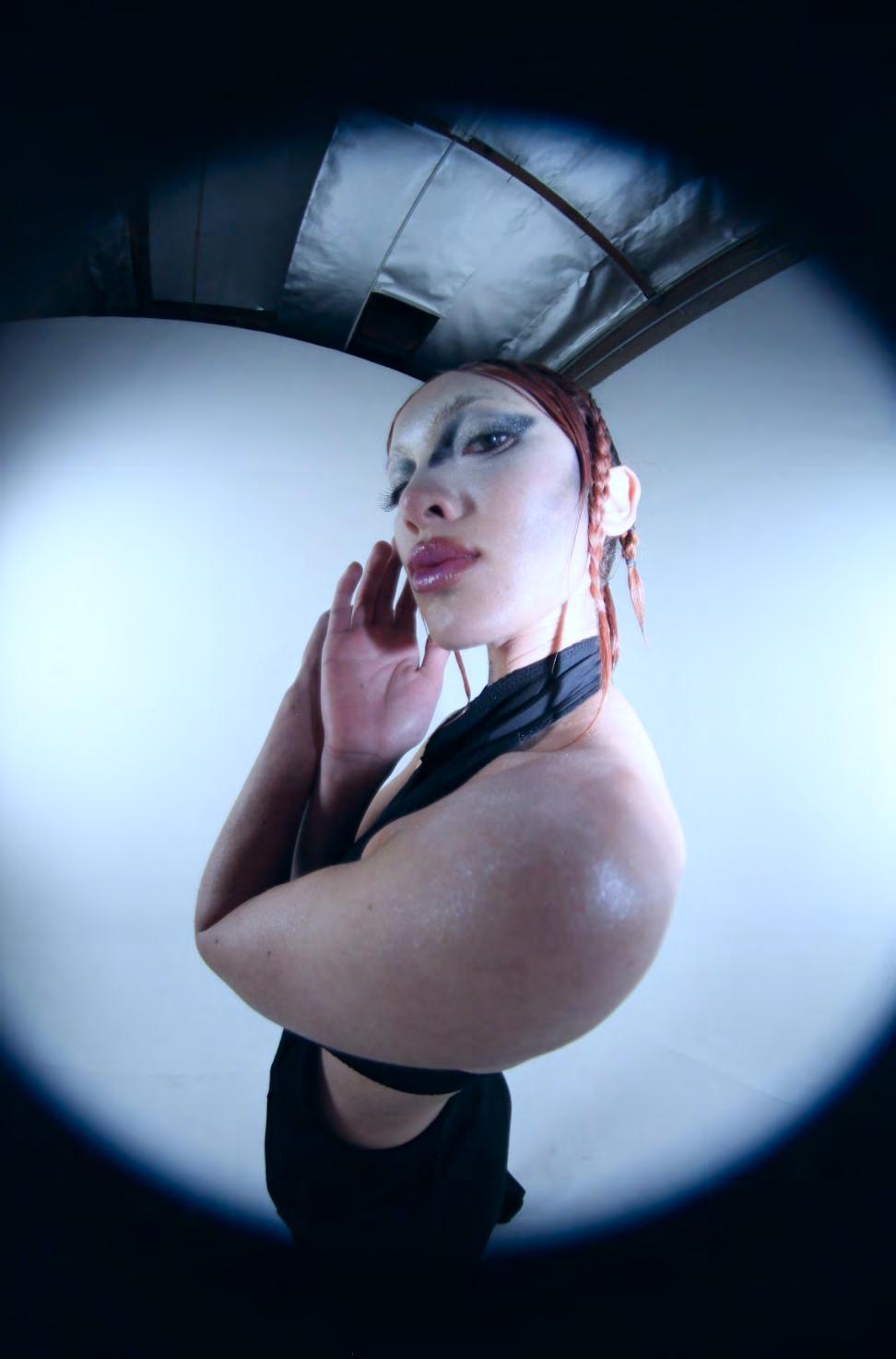
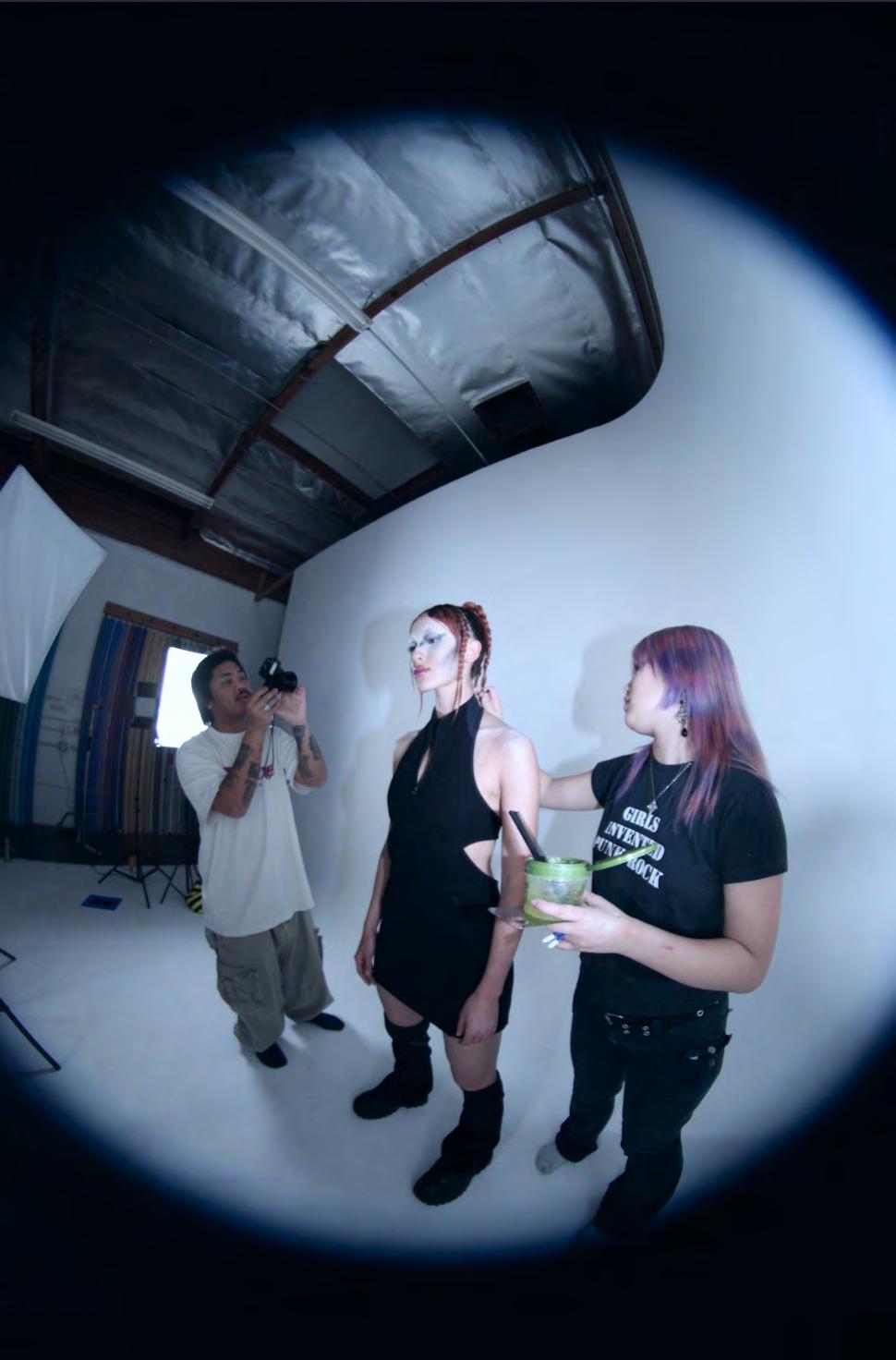
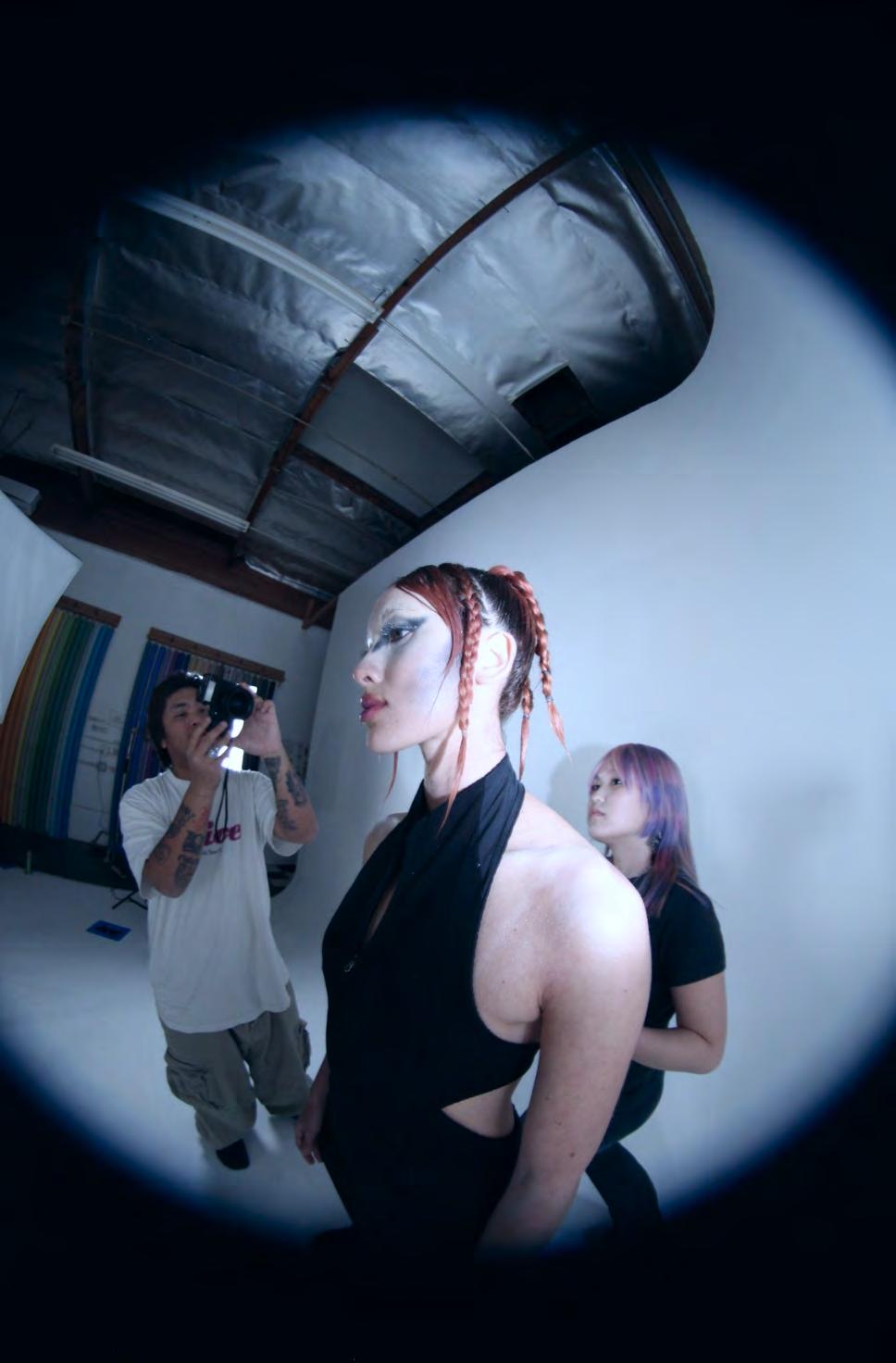
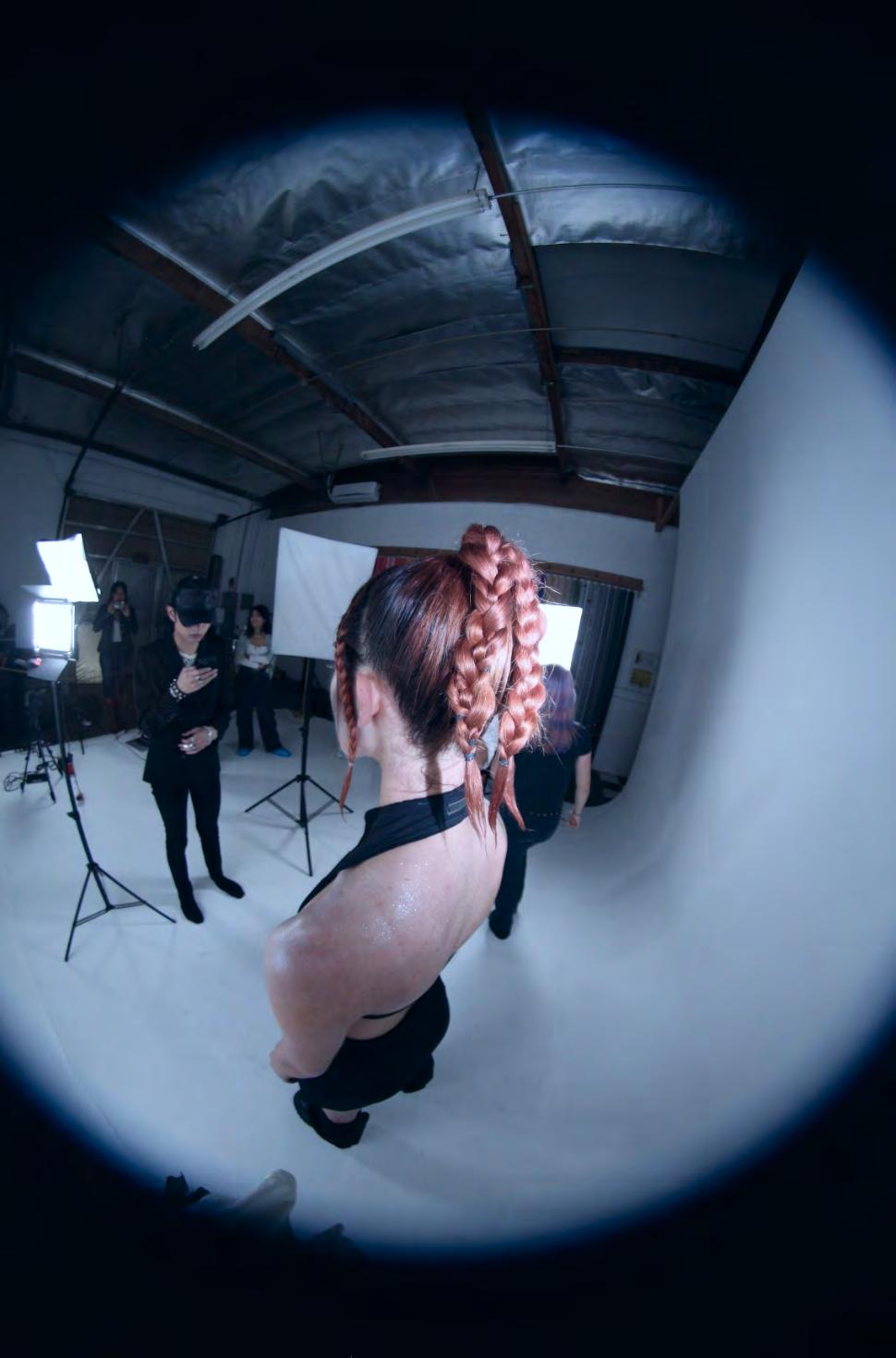
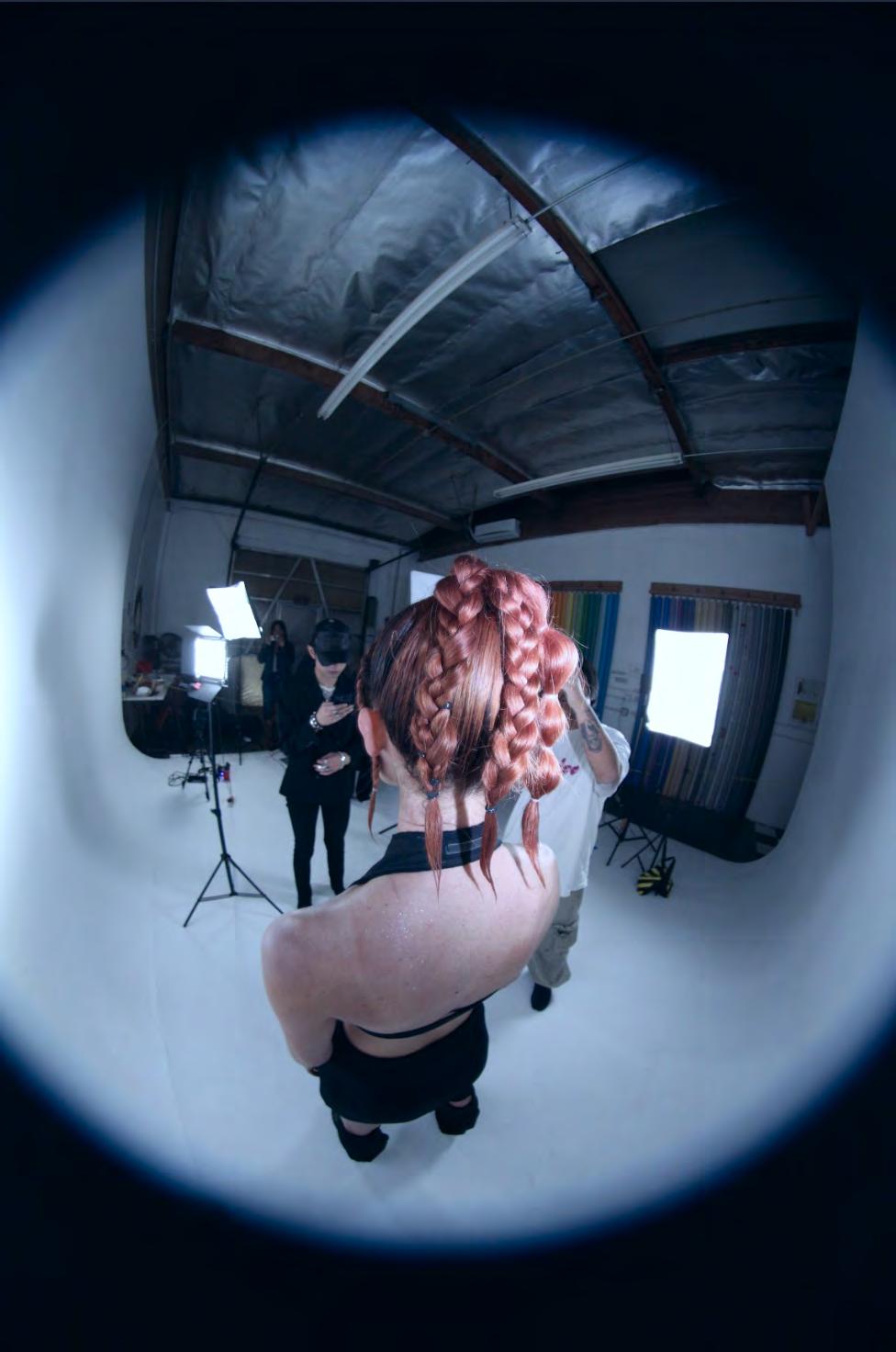

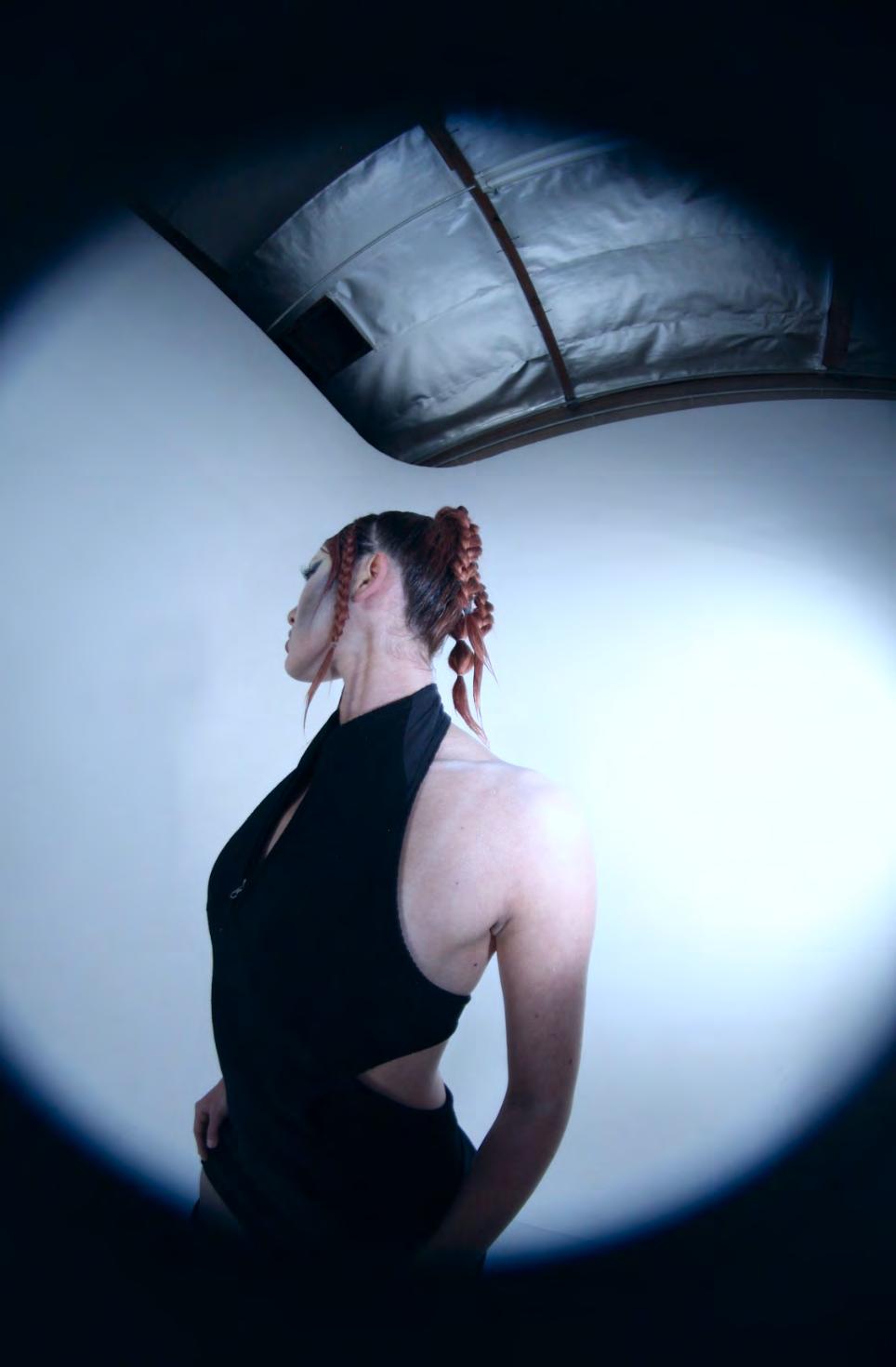


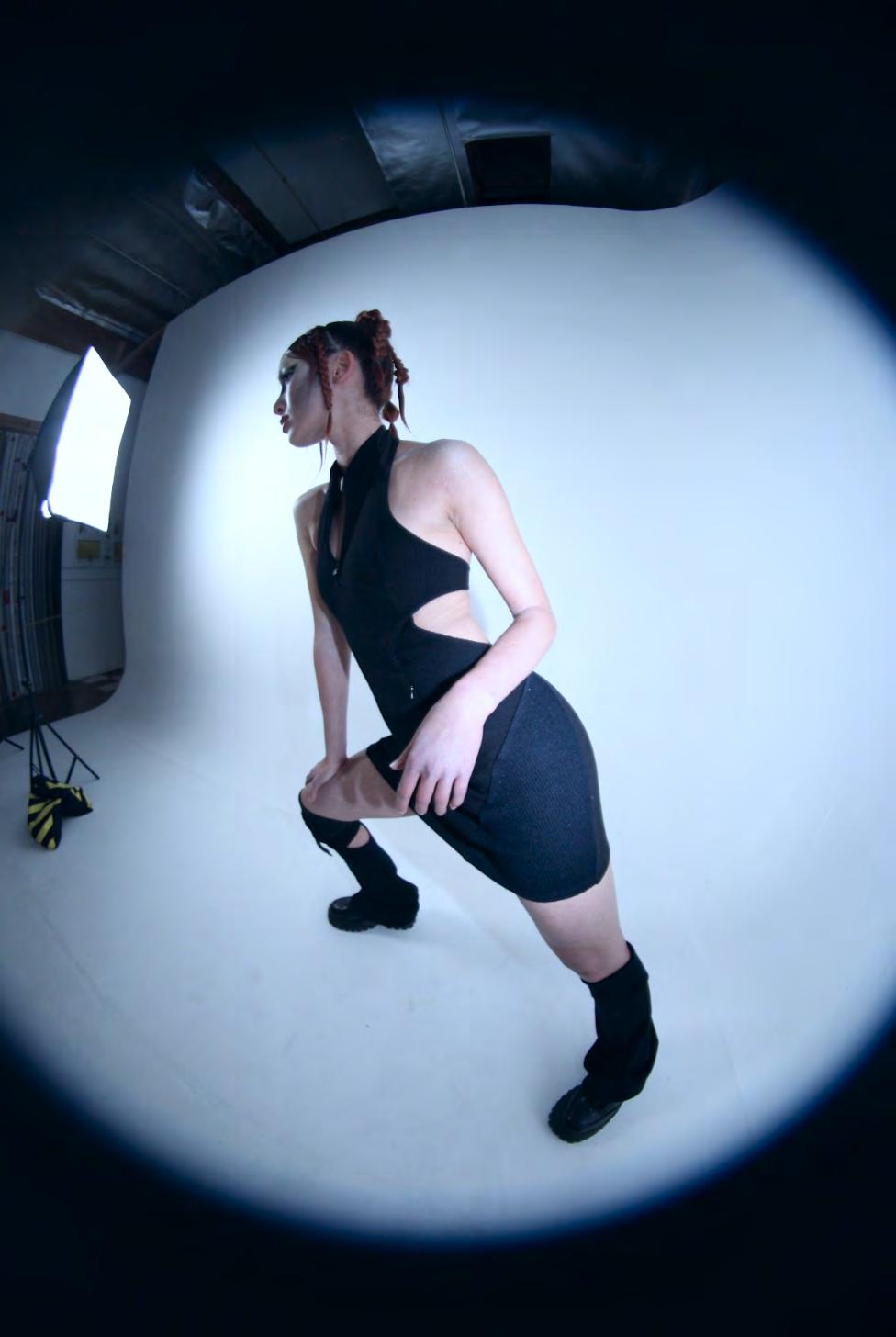
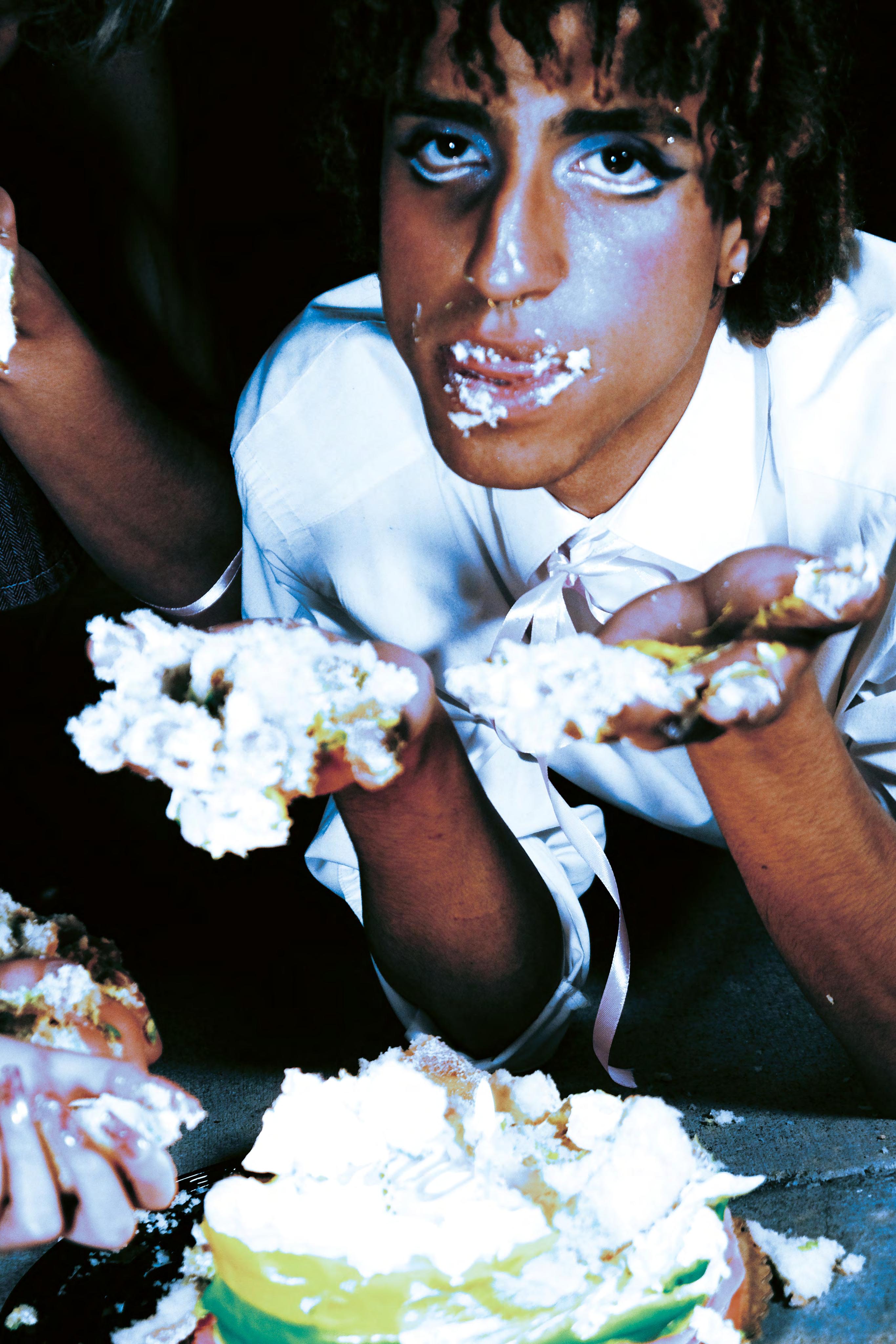
If algorithmic order deludes free choice, then I have none.
I shook hands with the invisible dictator of the internet skies and now it knows me, knows my wishes and wants, predicts how comedy and tragedy will land amongst the brain’s audience.
“For you, explore me, use your expressly limited autonomy to swipe that index finger up the screen with illusive control through a mindless scroll.”
A hashtag dictates placement, connection. She serves meal plans and cooks, organizing content and dishing it out to the drooling mouths of my firing neurons.
And everyone will! As long as time is allotted correctly. As long as everyone makes it on the table. An hour for Instagram, two for TikTok. Twitter – you’re an easy snack on-the-go so be prepared for anything. Tumblr and Facebook are molded but we’ll squeeze you in if I’m still not full, if there’s a sliver of ignored space in my hollow skull.
After consumption comes digestion. They continue to talk to themselves, against themselves, over themselves, against me. A shout. A moan. An idea. Horror. One after the one, before the other can even end, overlapping.
Nothing is something, but everything means absolutely nothing.
Too many plates in the kitchen makes a shitty, unorganized meal and a mess of dishes.
“Form a line behind the oculi. Appeal to pathos, logos and ethos for strongest effect. One after the other please. Remember, everyone will get a turn.”
There’s no one to scrub my thoughts clean, no one to run my wrinkled brain beneath scalding hot water while the muddy soap flows throughout the edges and ridges until it’s Good. As. New. Perception begins with a clean plate. Pure, crystalline, unadulterated. And then the piling of dish after dish – Breakfast, lunch, dinner, dessert –forceful devourment piece by piece, thought by thought, stab by stab, until there’s nothing more to hold it.
Until I’m doubled over, force-fed, uncomfortably full, fork, phone and knife still in hand: A cow prepared for slaughter.
And then comes the purge. The necessary purge. The regurgitation of content forced to eat first with pleasure, and then with pain. Purge the spoiled food until the mind is clean again and the stomach is starving for more. Satiated for sentience.
Empty yourself, empty your mind, empty your Cleansethoughts. your palate – so much is not as it seems.
With a skeptical mind and deciphering heart, you may be hungry enough to dine another day.



 Models (Right to left): Kareem Wali, Ian Benggon, Evelyn
Models (Right to left): Kareem Wali, Ian Benggon, Evelyn

then i have none.
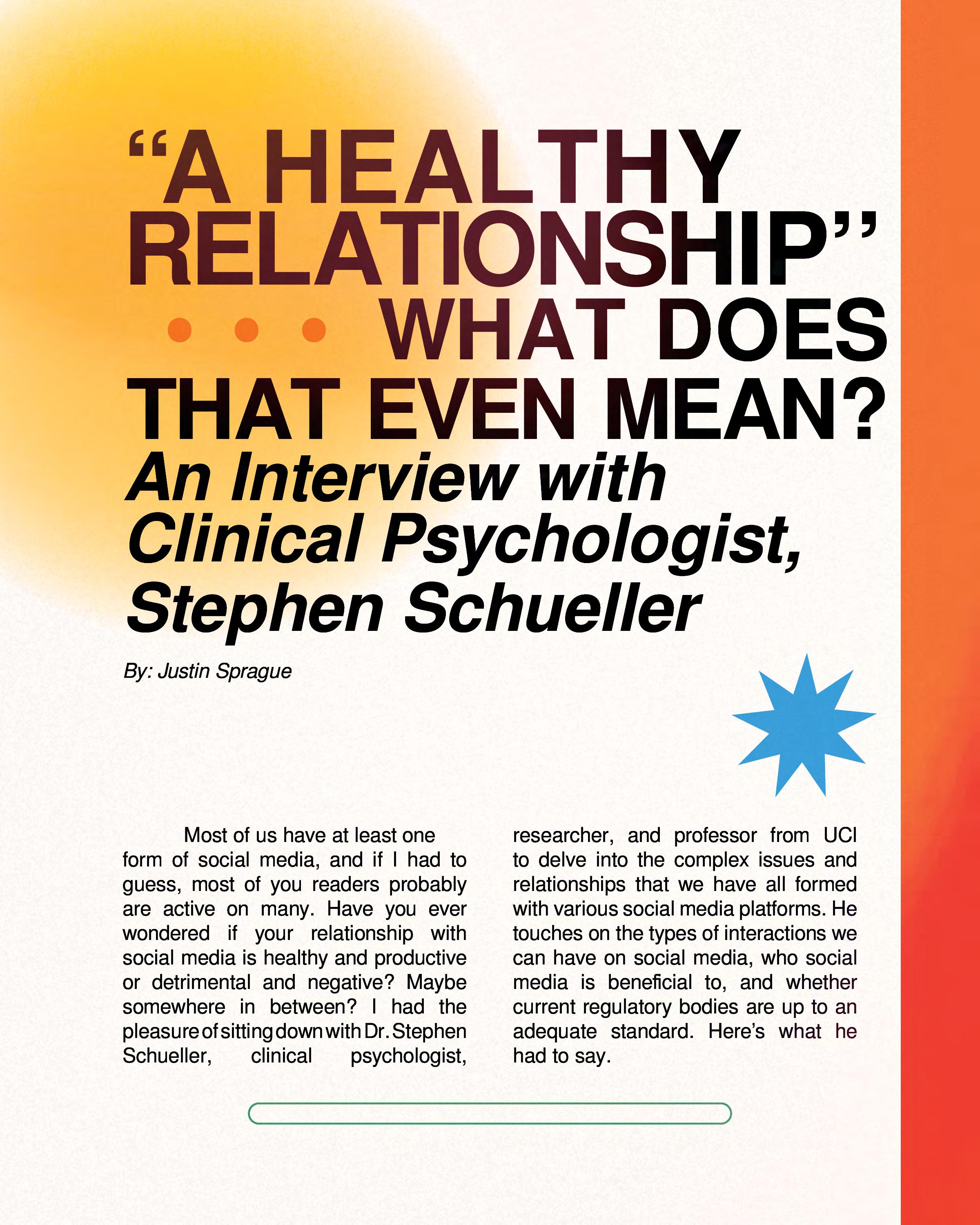





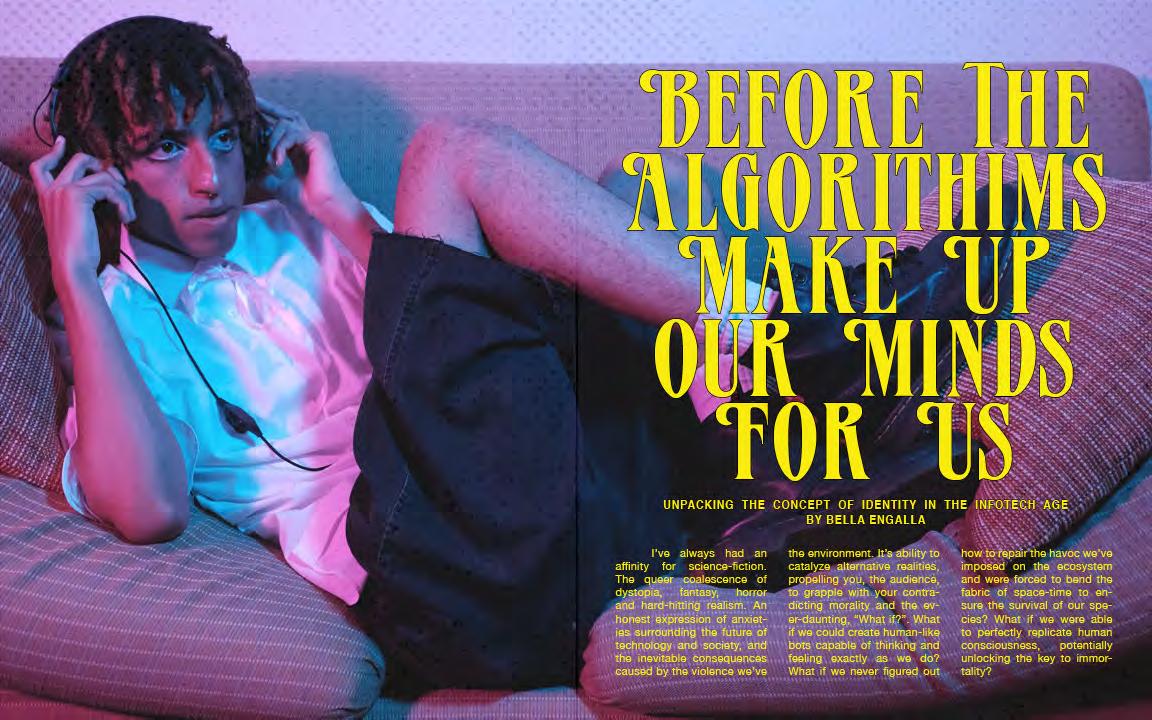





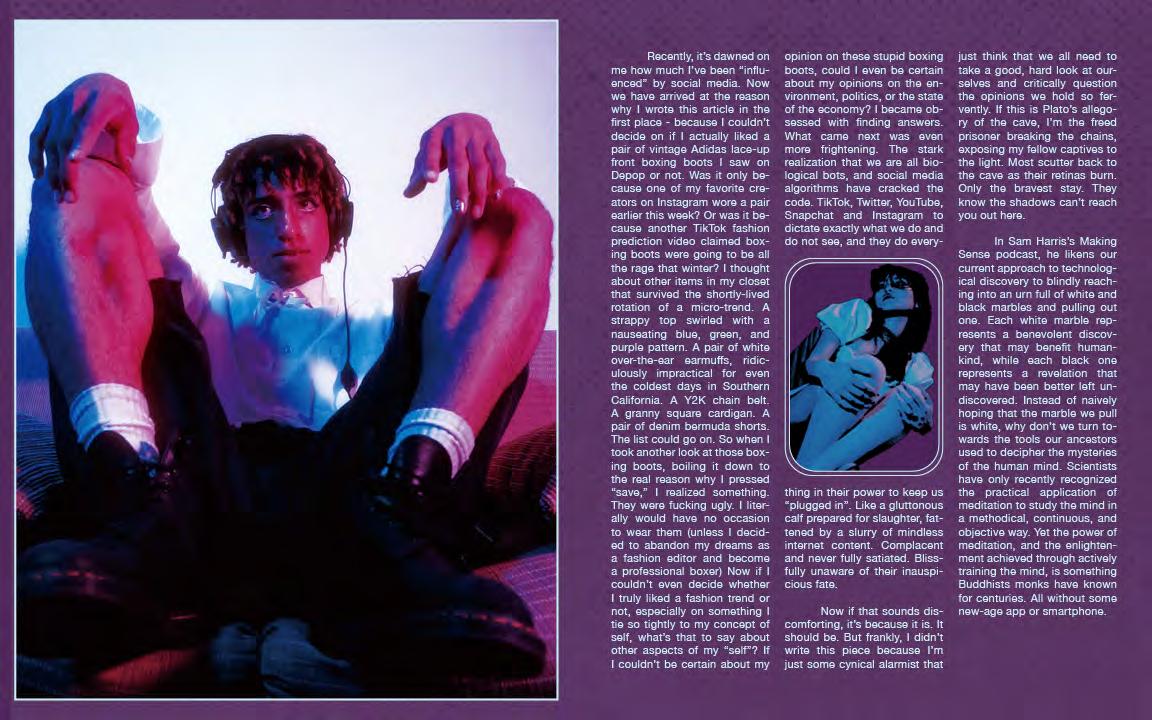

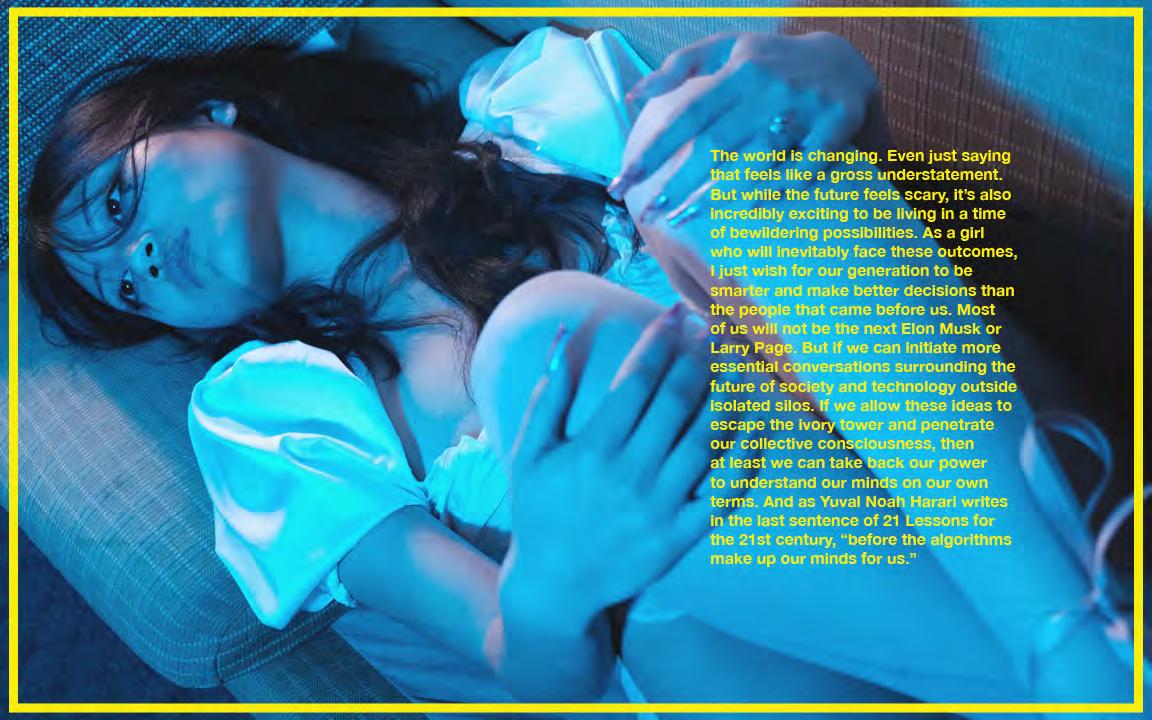

LOBOTOMY CHIC LOBOTOMY CHIC
LOBOTOMY CHIC LOBOTOMY CHIC
LOBOTOMY CHIC LOBOTOMY CHIC
LOBOTOMY CHIC LOBOTOMY CHIC
LOBOTOMY CHIC LOBOTOMY CHIC
LOBOTOMY CHIC LOBOTOMY CHIC
LOBOTOMY CHIC LOBOTOMY CHIC
LOBOTOMY CHIC LOBOTOMY CHIC

WHERE ARE WE? HOW DID WE GET HERE? HOW FAR HAVE WE D
AND
WHAT NOW?




Admittedly, I have a lot of anxiety about the future. Sociologists consider vulnerability and authenticity to be hallmarks of Gen Z expression, particularly in online landscapes. But I wonder, do we possess this inherent need to overshare due to the excess of anxietyinducing information available to us at a moment’s notice?

Despite the strenuous effort necessary to stay present, the shadow of the future looms heavily over the here and now. While I’d love to chalk this anxiety up to the perils and dynamic nature of young adulthood, the fear of change seems unequivocal to that of generations past. Technology has progressed exponentially in the past year alone, and human evolution is currently incapable of accelerating at the same velocity. Through hardship, humankind has excelled and endured. But have we met our true adversary in artificial intelligence?
Artificial intelligence is the next step in technological evolution, and will undeniably make its way into myriad sectors of society. In the past year, there has been widespread debate surrounding how AI will be integrated into the workplace, what jobs could end up redundant, and how certain roles must evolve and innovate. AI consumes immense amounts of data to build predictive models through pattern recognition. The AI tool recognizable to most college students is ChatGPT (Generative Pre-Trained Transformer), a language model system which generates conversational text and compiles information. GPT-4, the latest iteration of the technology, is multimodal, accepting text and image inputs. As AI’s capacity to learn and create grows, it begs the question of how it will impact more creative pursuits. At its present stage, AI is a predictive machine, meaning it can only imitate what has already been done. But what will happen if it has the learning capability to become creative and unpredictable?
I’ve taken on many creative endeavors throughout my life, yet a common thread continuing to cause hesitation in allowing others to engage with my work is the desire for novelty. Creativity can be a comparative exercise; I constantly grapple with how I can distinguish myself from billions of people who all comprise a fragment of the human experience, while still producing accessible and interesting content. Big task for a small girl. While there is certainly an argument to be made around whether or not art is inherently made for the purpose of broader consumption, I am speaking specifically towards the issue of what makes art valuable to us as technology begins to overtake creative fields to a degree incomprehensible from “real” art. If you were to put an AI-generated image next to a painting, are you certain you could identify which was which? I don’t command enough knowledge of artistry nor technology to say, and most are in the same boat. It feels nearly impossible to try and compete with the speed, scale, and costless creativity of a machine, which is why I wonder whether we even need to compete.
What gives our creativity its value? We all exercise the same potential to be creative. We project our own intrinsic value and experience into art. Art is subjective. Creativity is unpredictable and difficult to pinpoint against any specific set of guidelines. As the old saying goes, art imitates life, and life imitates art. What we find beautiful and creative in our environments is guided by what we’ve been taught is beautiful by the artists themselves.


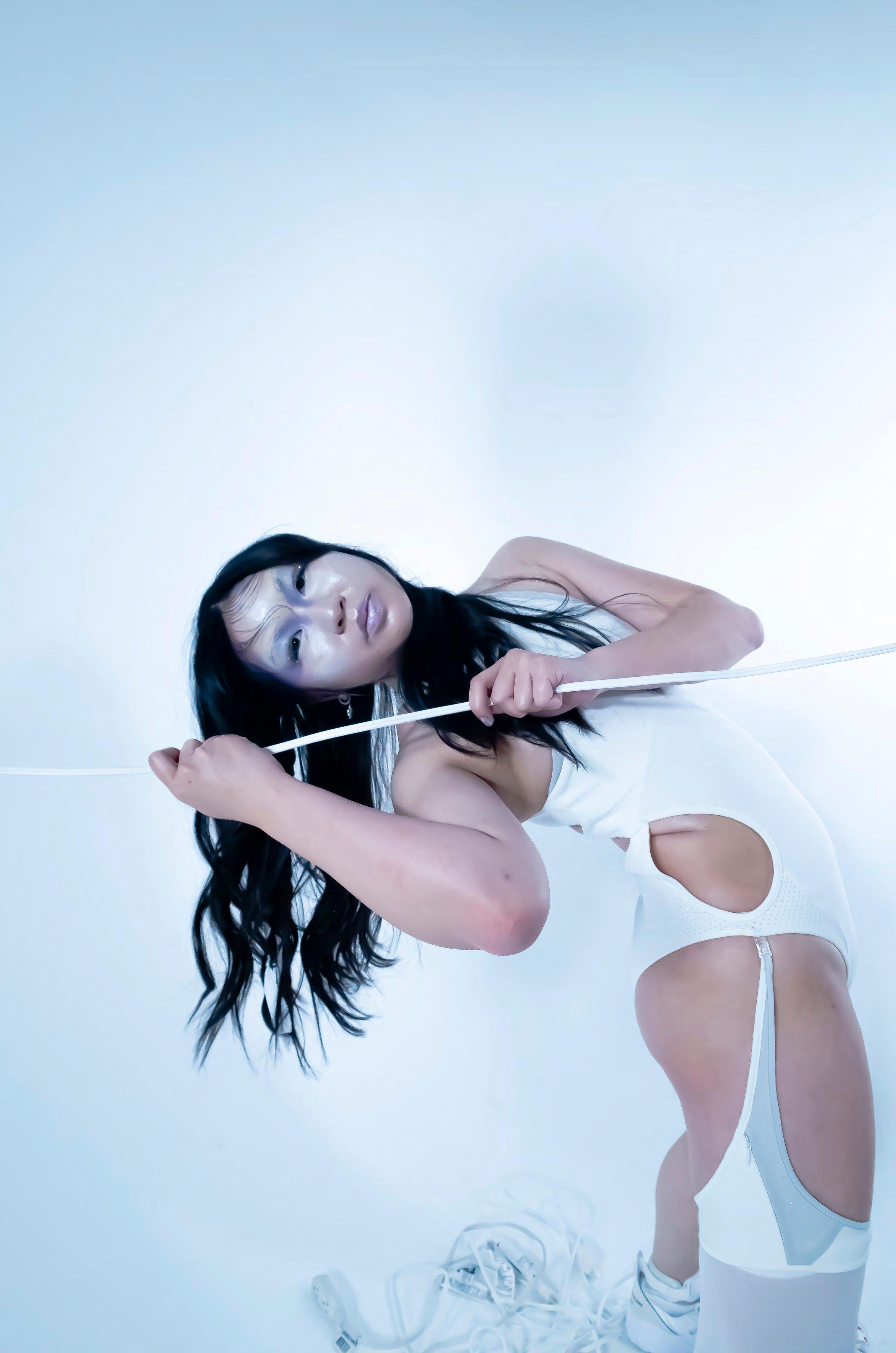


Yet, to simply classify one or the other as an imitation fails to consider how we have blurred the line between art and life, providing us a marvelous outlet for social connection. We love to witness creative pursuits because we don't know what to expect from ourselves and others. We get to surprise ourselves with something potentially beautiful and striking. When I’m frustrated with writer's block, I find solace in reading or engaging in stimulating conversation. The content I consume triggers my creative muscles, causing some neuron or the other to fire. Yet my work does not exist in its own vacuum, and is instead informed by the systems I engage in.
Paradoxically, our creativity can be similar to that of AI. AI has systems and patterns from which it can delineate. However, we are responsible for the information we can feed into those systems. Rather than creating a truly derivative product, we can co create with AI. Artificial intelligence functions as an extension of our own brains. As much as we have the capacity to be unpredictable, our brains are also prediction machines. The pathways between neurons are forged through experience and consumption, meaning much of our innate behavior is predictable.
Perhaps the greater threat to our future is the probable lack of accessibility afforded to the middle and lower classes in learning how to incorporate artificial intelligence into their lives. As the middle class shrinks and our society becomes more economically and ideologically polarized, what we have to fear is not AI, but groupthink.
As we turn towards apps such as TikTok, whose algorithms are fine tuned by creators to show us the content we wish to see, we can end up lacking nuance and the ability to critically engage with each other. The lack of education around media literacy exacerbates this issue, causing us to take everything at face-value, especially as the socioeconomic conditions of our environment fluctuate and contribute to our emotional dysfunction. As our capacity to take in new information becomes impaired, true creativity becomes a limited resource.
I can’t answer the question of whether artificial intelligence will be humankind’s true adversary. I wish I could ask ChatGPT that question; maybe one day it could predict the future with absolute certainty. But in order for that to happen, humankind would need to become entirely predictable. And maybe we are. It’s predictable that our inventions could easily cripple whole populations. It’s predictable that we’ll become complacent with our consumption.
What separates us from AI is the ability to choose otherwise.
It’s predictable that we will be scared of change. It is entirely predictable that we could create our greatest adversary.
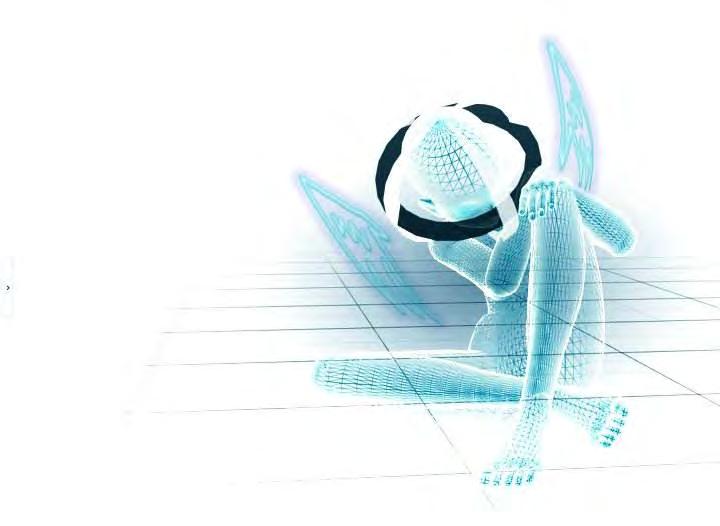
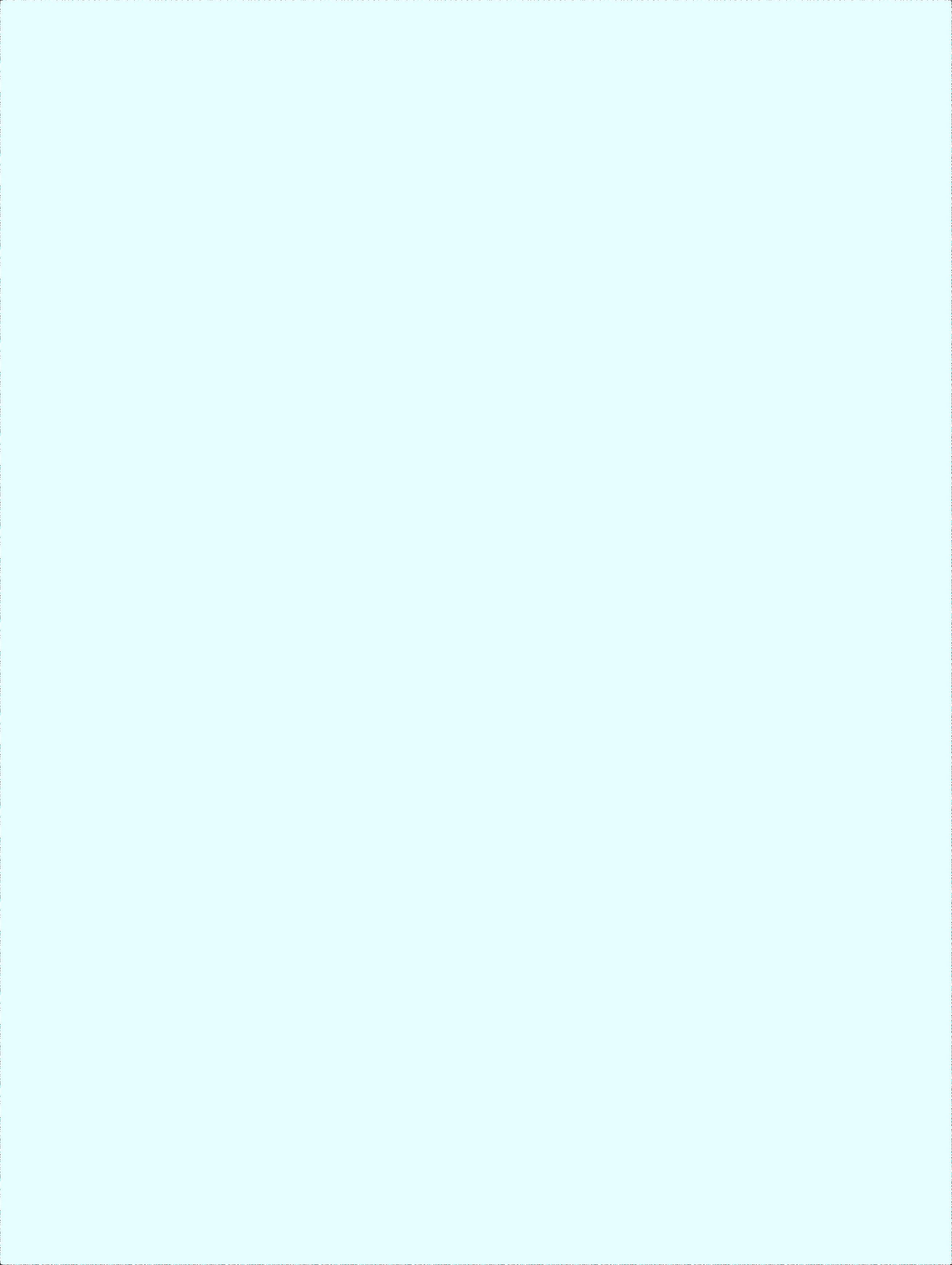
I experience the greatest undercurrents of anxiety when I’m at a crossroads and make the choice to remain willfully ignorant of the control I possess to change my environment. The choice to act unpredictably is a choice we take for granted. I’ve made the predictable choice countless times, easily citing all the systemic obstacles prohibiting me from taking the steps to become a different, more complicated version of myself. I’ve belabored this point, but bear with me: artificial intelligence is predictable and can only be what we allow it to become.
So if we imbue it with sentiments of fear, greed, anger, or anxiety as it finds its way into our lives, that is exactly the output we will get.
If instead, we pivot and follow the oft untrodden path of embracing change and challenging our worldview, we can treat AI as an ally in expanding our human potential to create.
complicatedThankfully, is unpredictable, but unpredictable can be beautiful.
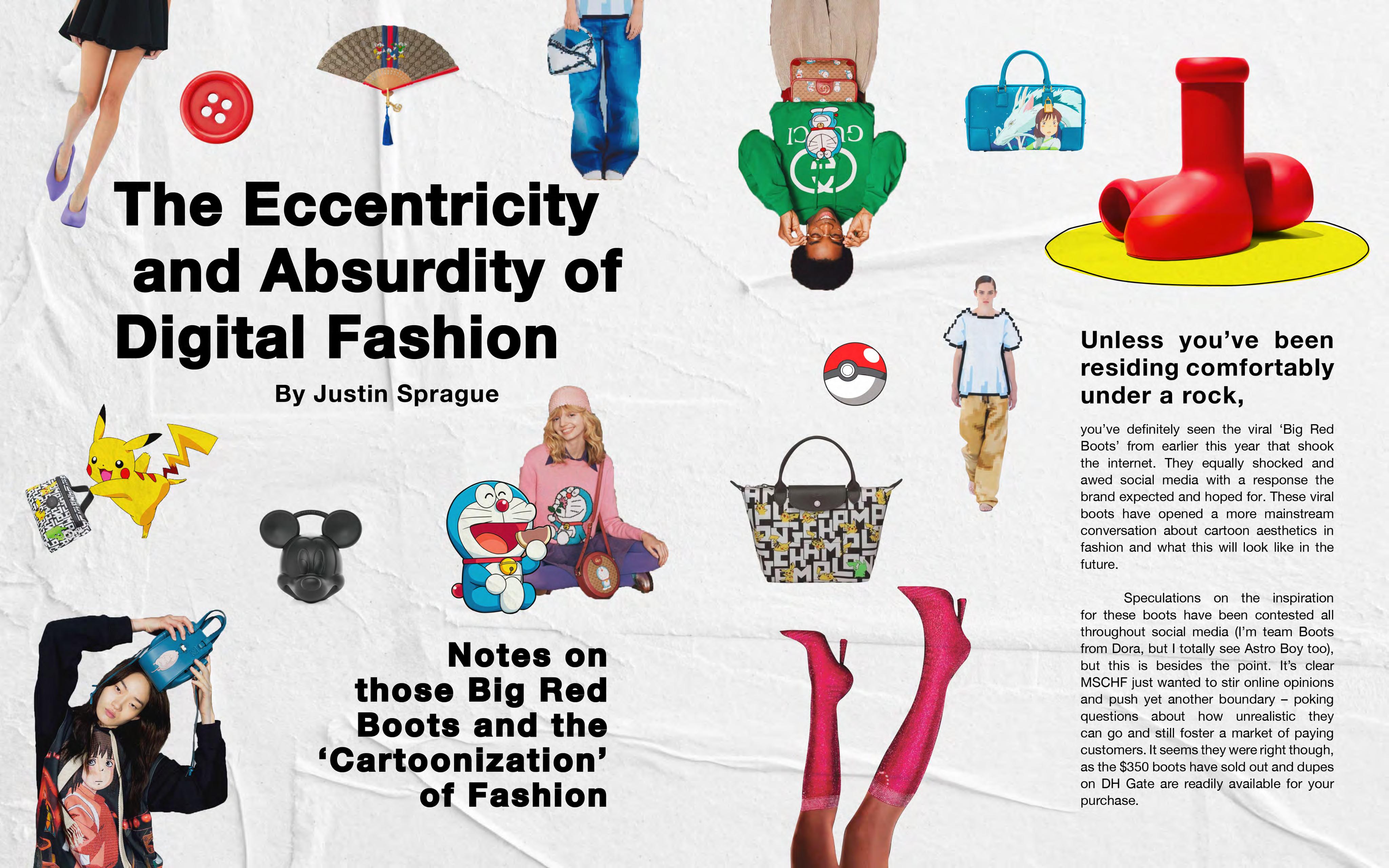

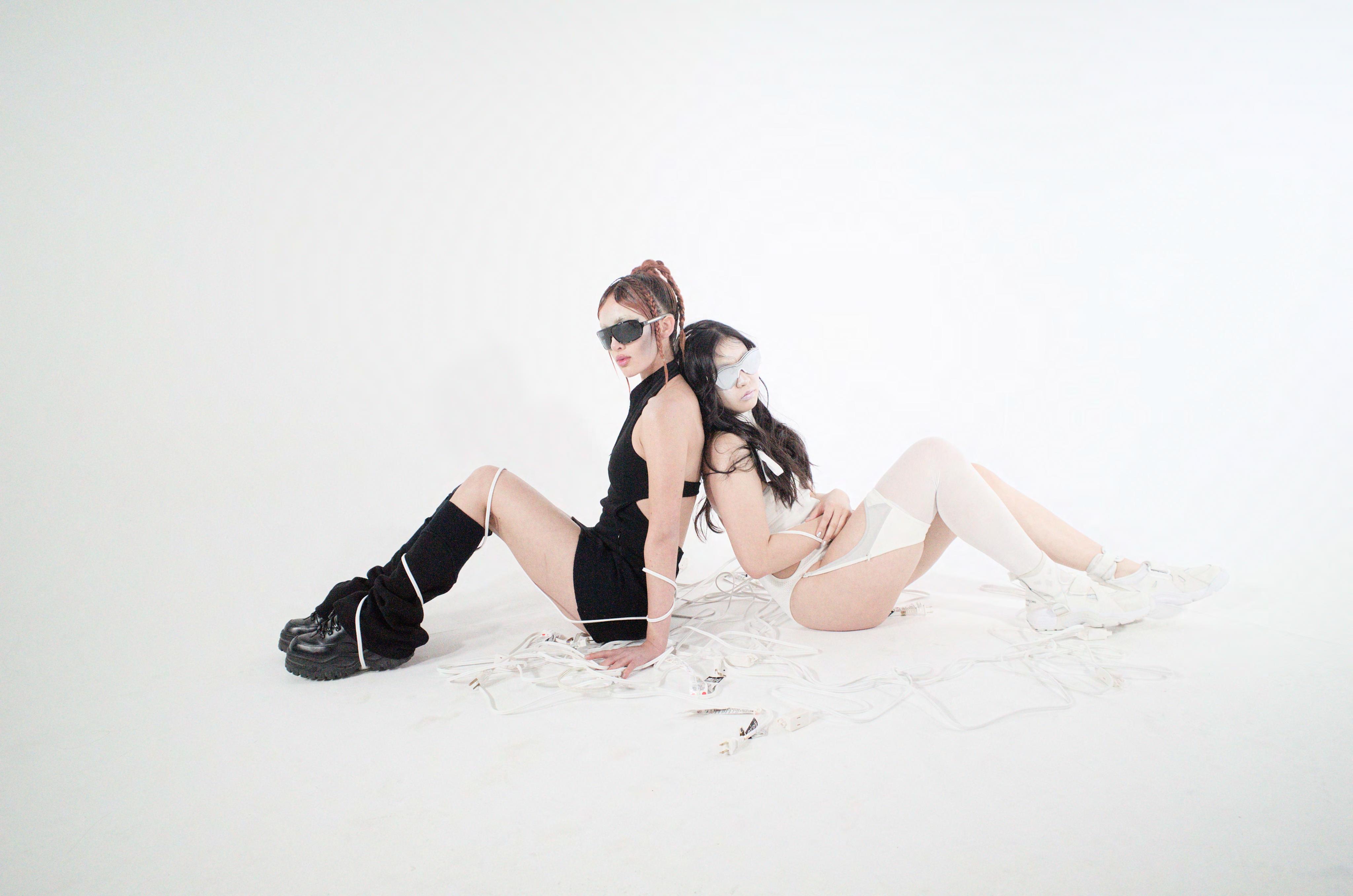


An Interview with Ky Jeon (@llove.ky)
 by Justin Sprague
by Justin Sprague
Meet Ky Jeon; an artist and designer who’s taken sustainability and interwoven it effortlessly in her boundary breaching works of artistic fashion.
As we chatted over matcha lattes, she delved into her passion as an Asian American designer and how she feels that artists have an urgent responsibility to advocate for the environment and social justice issues.

Q: As a multi-talented painter, fashion designer and social media content creator; your creative talents are really apparent.
I was wondering when and how did you begin your creative journey?
A: I've been doing art for as long as I can remember. There's old pictures of me, in preschool drawing and painting and it's just something I've always done and I knew I've always wanted to do it. I had a whole notebook of drawings of crazy designs I wanted to do as I got a lot of inspiration from the fashion senses of Kesha and Lady Gaga.
When I got older, my first fashion piece I did was actually during quarantine and I painted on a jean jacket and that's when I really realized this is something I wanted to pursue. Just customizing garments and displaying my individuality through my work.
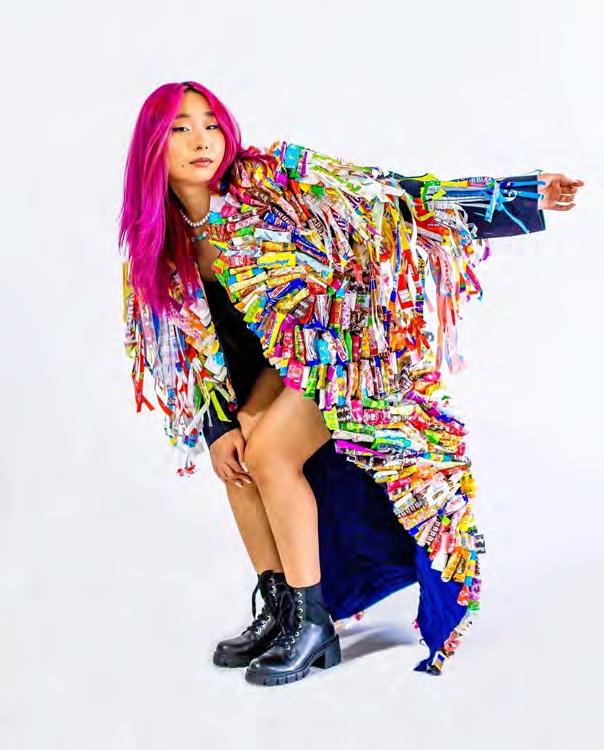




Q: Tell us a little bit about your design process?
A: In my style and my fashion, I’m more avant garde meaning my work doesn’t resemble typical ready to wear collections, but rather is more art guided. I’m really inspired by social justice issues and environmentalism and so I try to think about how my work could contribute to advocating positively towards these issues.
So right now, I'm working with plastics because I know that's a really big contributor to pollution and ocean pollution. I wanted to show the sheer amount of trash that a person can produce. For me, it's mainly the idea that pushes me more than the fabrics and garments; I take a social issue and then I try to change it into art.
Q: Referencing your usage of atypical materials within fashion; is there any material right now that you're itching to create a piece out of?
A: I don't know if I could give too much away, but I'm using one use plastics like plastic bags because they get thrown into the ocean all the time and harm all animals. So that is something I'm really trying to work with because a lot of people don't know when they're buying clothes, even if they think it's ethical and all these companies greenwash you and say, oh, this is made out of recycled plastics, the material, as you keep washing, will release microplastics into your water system. So that's something I really wanna emphasize. I'm making a piece out of one use plastics to show just how much plastic one person can really distribute unknowingly.

Q: You're also an activist for human rights; how do you plan to continue to advocate for underrepresented people through your work?
A: One thing that I really wanted to express is being an artist as an Asian American woman. I know that people of color really struggle to climb the social ladder in the art industry or entertainment industry and it's really hard to find diversity.
So I just wanna be a really big advocate for, you know, anyone that feels underrepresented. I'm still learning myself about everything there's so much to learn about.
I plan to advocate by continuing to learn, incorporating those messages into my work, and collaborating with people to lift other creatives up alongside me.
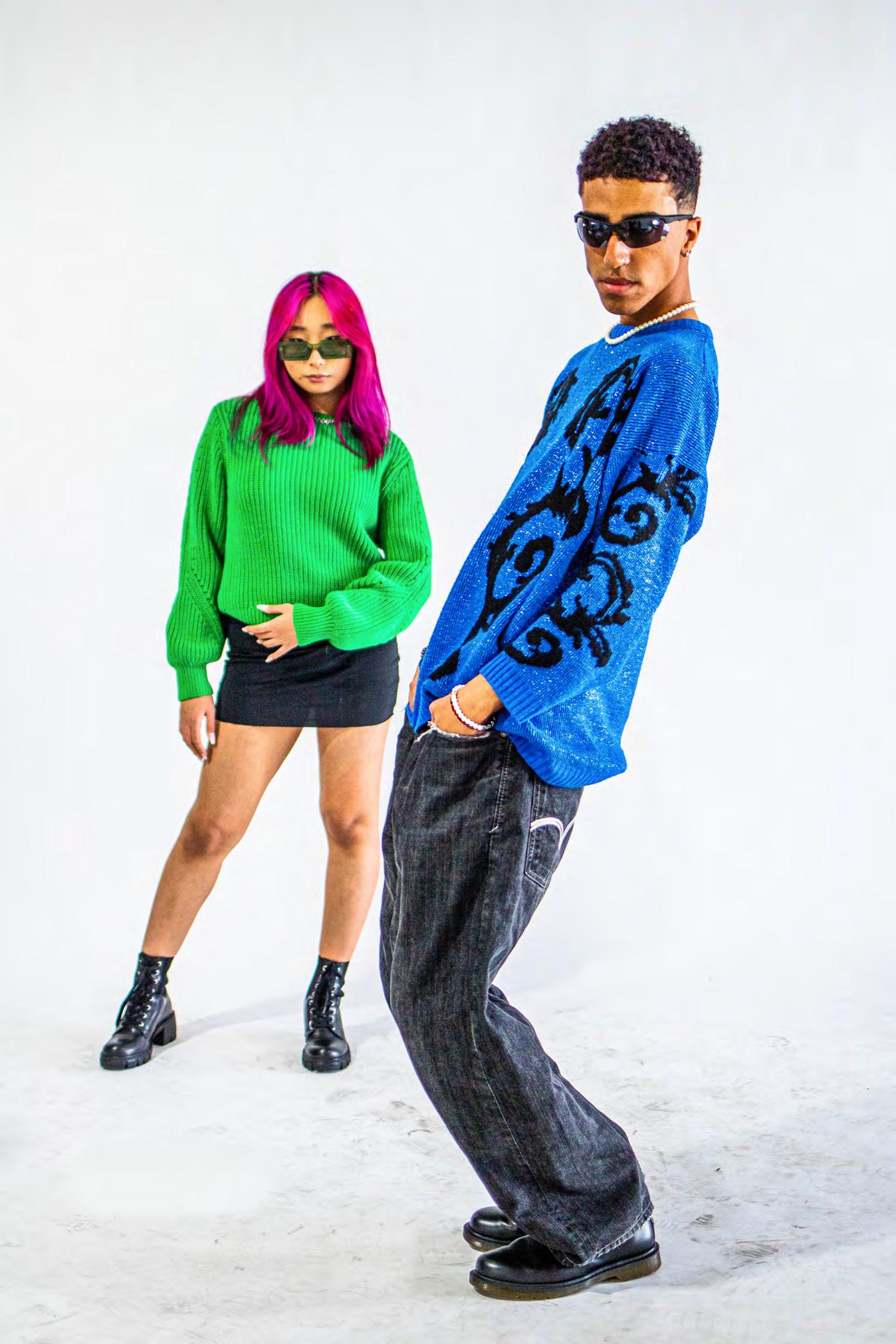 designer - artist - activist
designer - artist - activist
Q: Building off of your love for environmental responsibility, do you think that designers have an obligation to promote ethical production and consumption through their work?

A: The fashion industry is such a big contributor to pollution with all the materials they use and all the waste they produce through water usage and labor.
I think artists and fashion designers do have a really big responsibility, because things are getting worse and worse so it's something that we need to address and fix urgently.
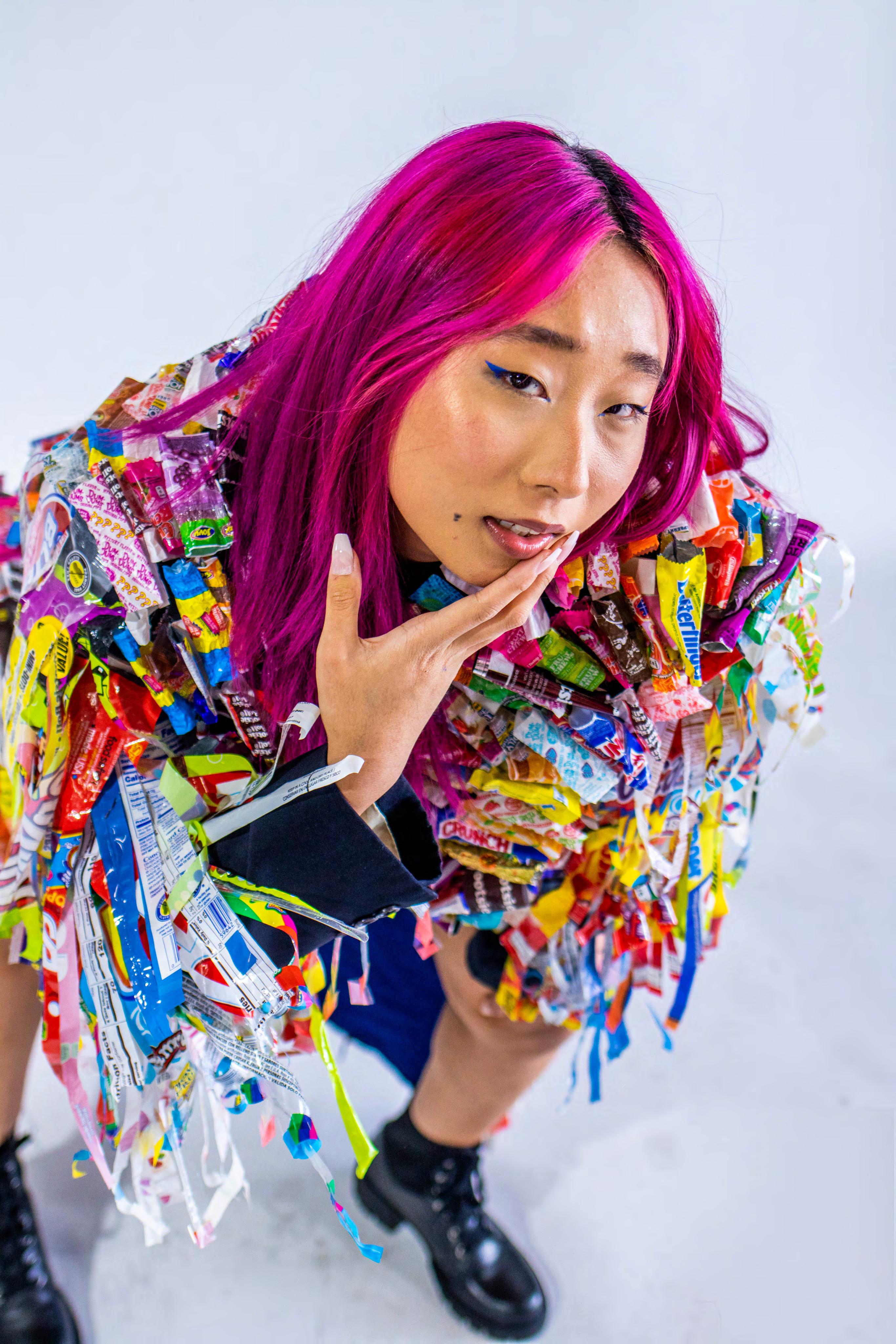
I think artists and fashion designers do have a really big responsibility, because things are getting worse and worse so it's something that we need to address and fix urgently.
A: My biggest goal would be to become a really big avant garde artist and fashion designer. I don't wanna limit myself to just being a fashion designer or an artist, so maybe having a museum or a gallery while also hosting runway shows. I want my fashion to be interpreted in an artistic way, not in a commercial way.

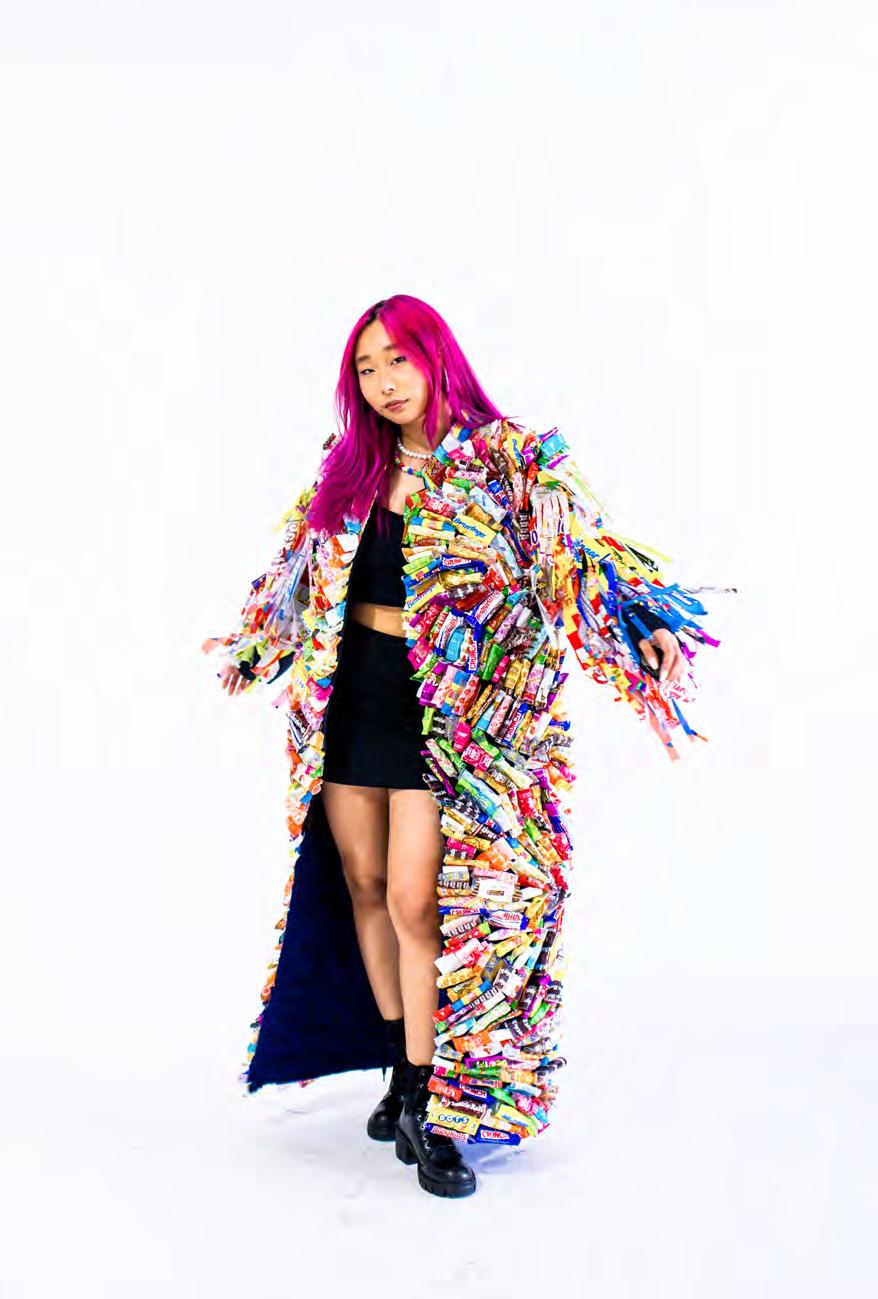
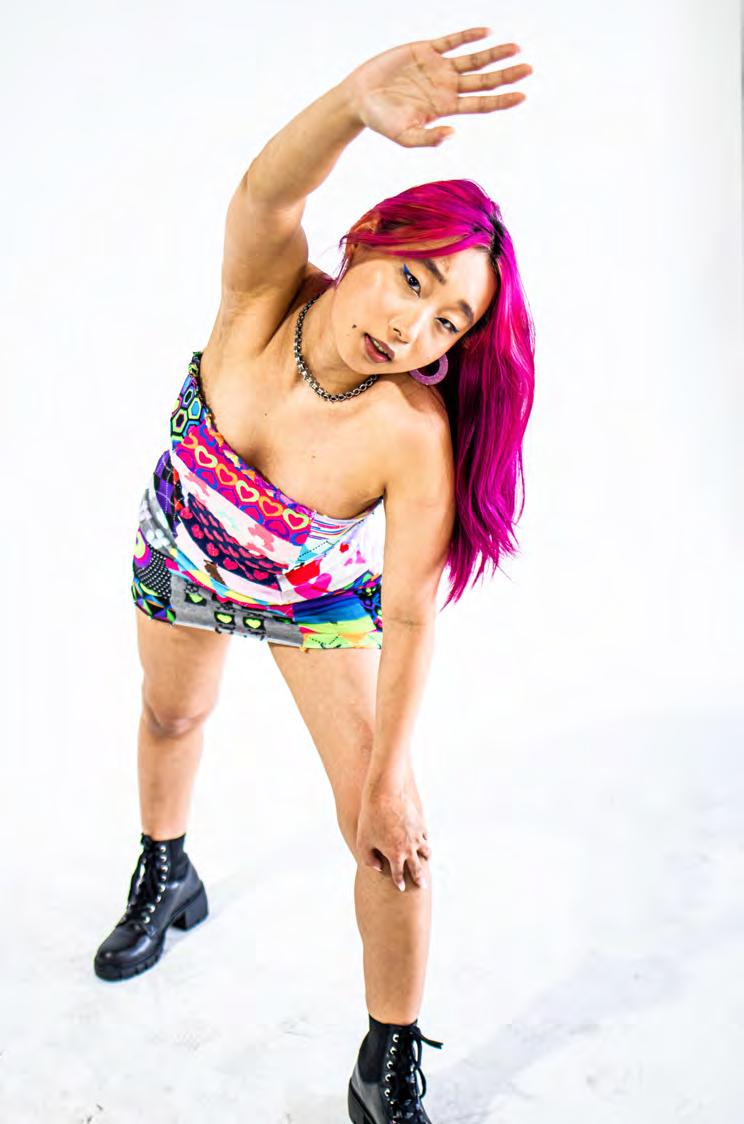
Q: Finally, what's your dream or ideal end goal/ where would you want to end up and see yourself in the future?


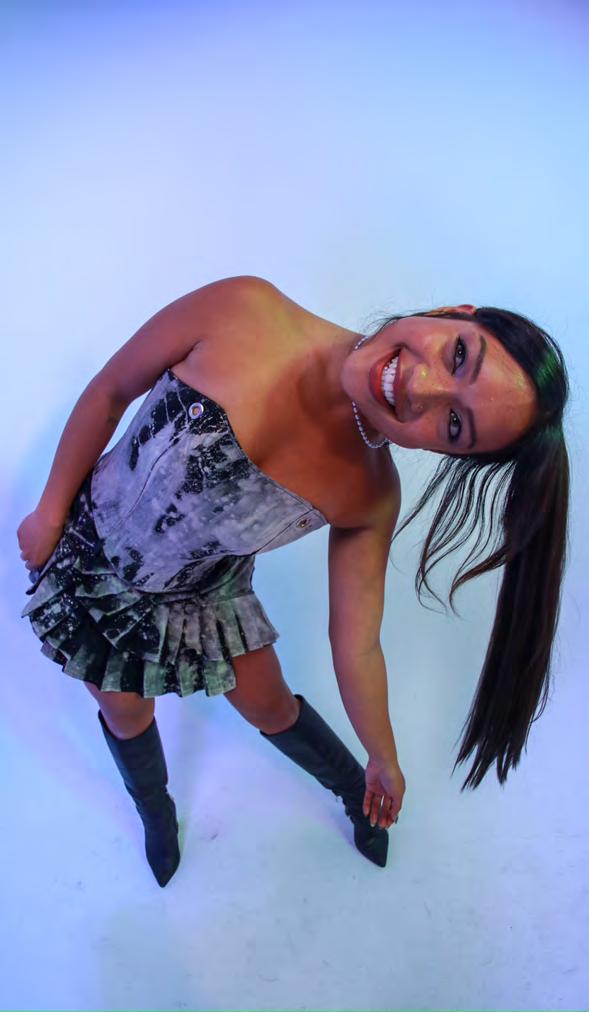

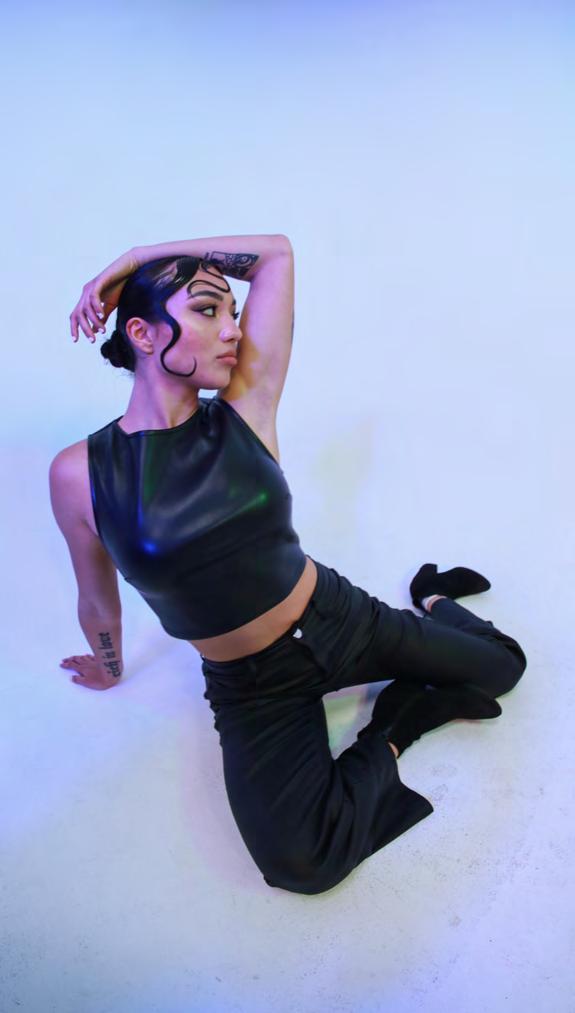
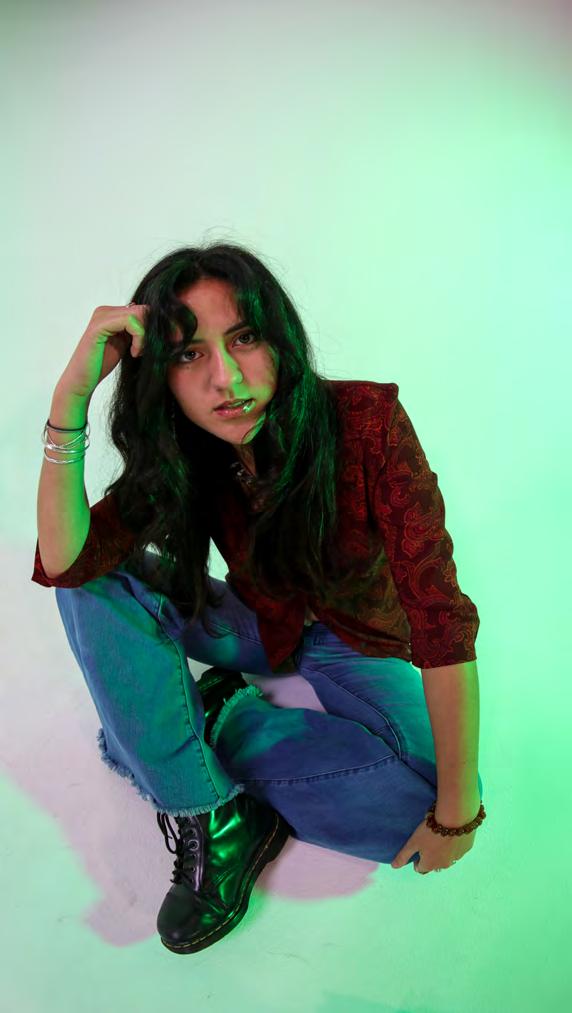

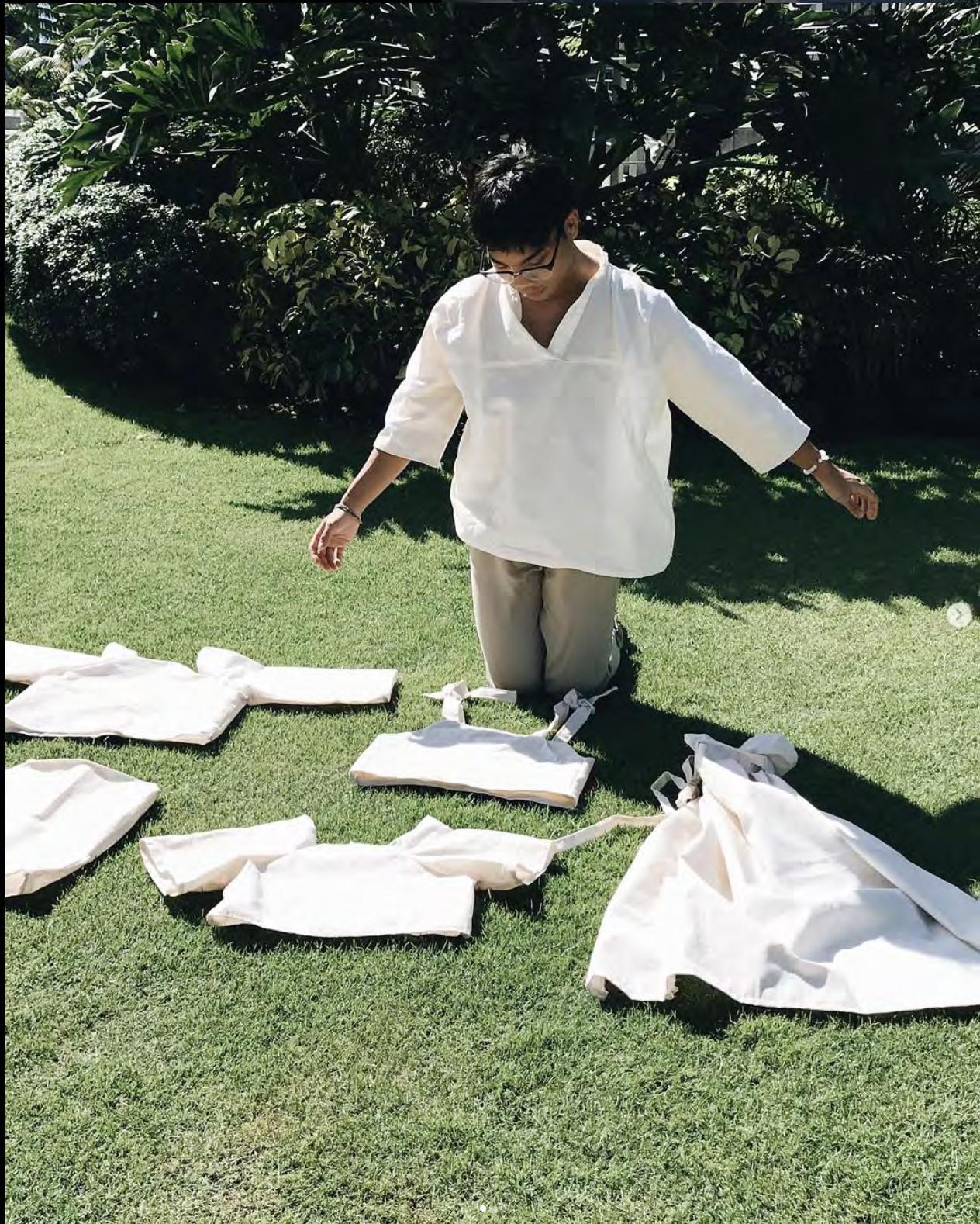 BELLA (@bella.engalla)
Co-Founder and Editor-in-Chief
GIGI (@gigiengalla)
Co-Founder and Designer
ENRI (@enriquemaseayas)
Lead Designer
HANA (@hana_walsh)
Copy Editor and Project Manager
BRITNEY (@britneynguyen)
Strategic Business Director
CAT (@catfurra)
Director of Videography
BELLA (@bella.engalla)
Co-Founder and Editor-in-Chief
GIGI (@gigiengalla)
Co-Founder and Designer
ENRI (@enriquemaseayas)
Lead Designer
HANA (@hana_walsh)
Copy Editor and Project Manager
BRITNEY (@britneynguyen)
Strategic Business Director
CAT (@catfurra)
Director of Videography
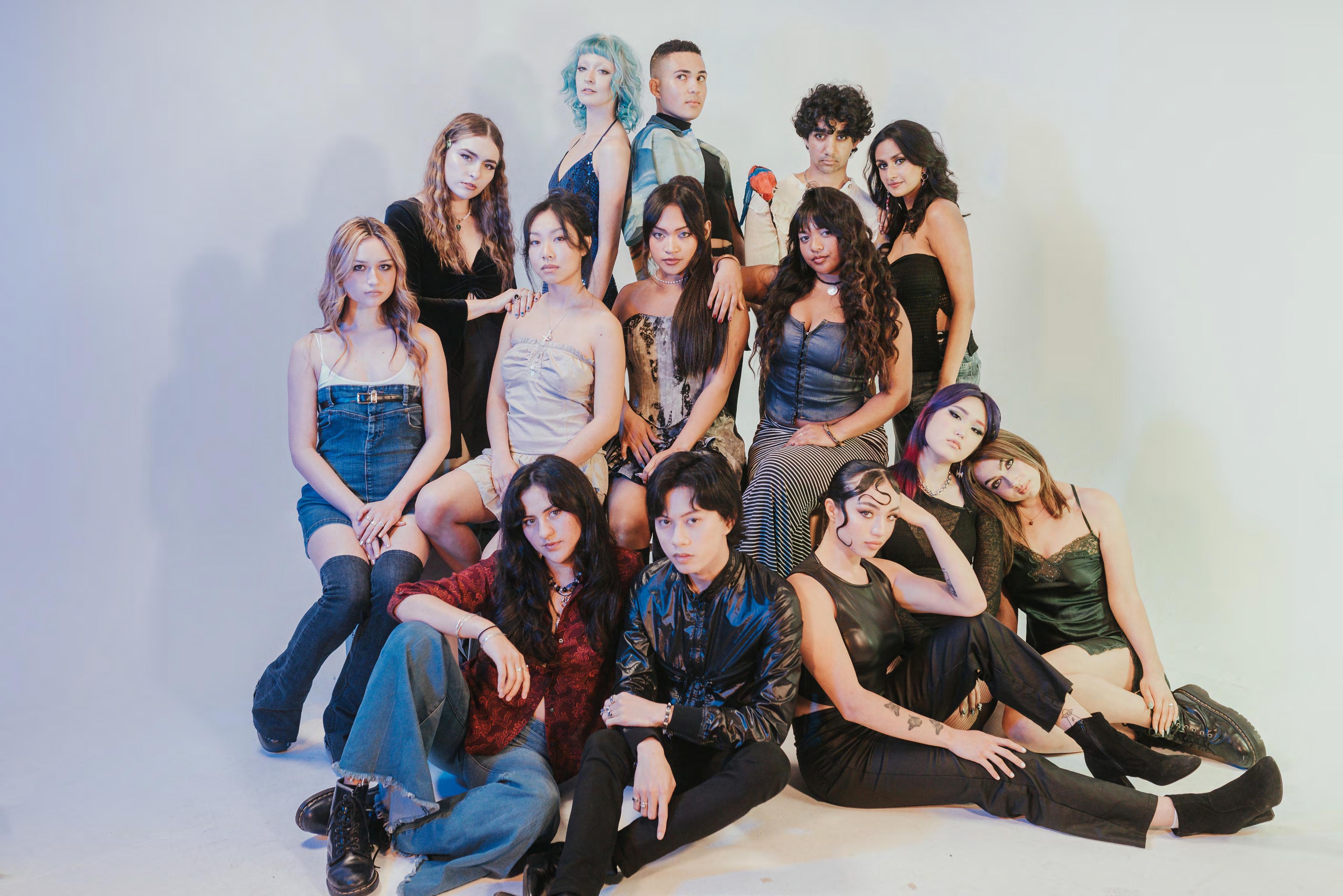

SABINA (@cosmiccbrownie) Marketing Lead
LYNDSIE (@lyndsiehenning) Content Creator



ABI (@abigailairlines) Content Creator

AKSHAY (@akshpee) Content Creator

ANT (@mydearanthony) Creative Director of Photography
NANAMI (@nanami.tsukamoto) Hair and Makeup Stylist
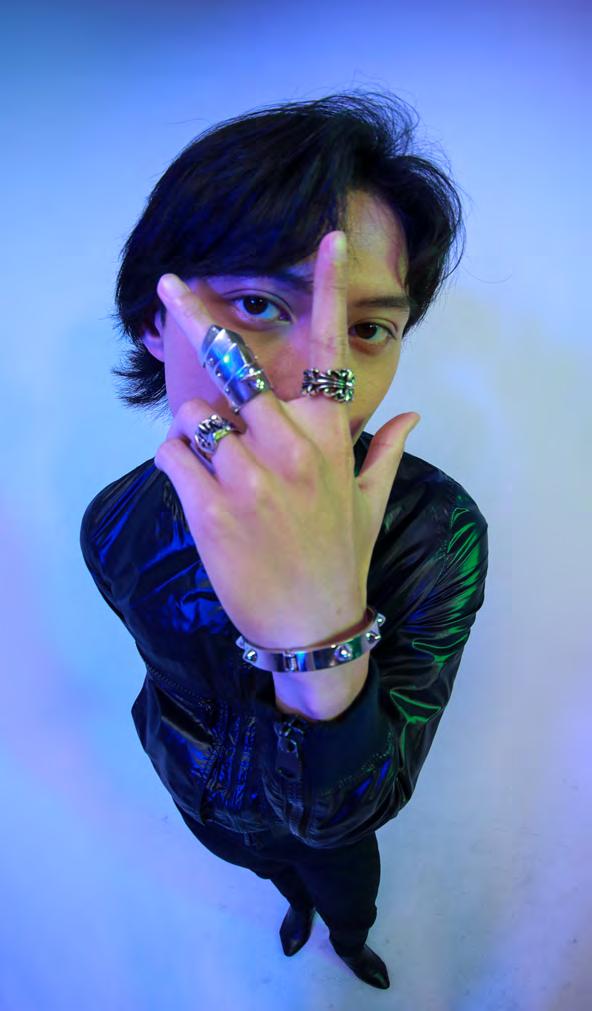
SPECIAL THANKS TO OUR CONTRIBUTORS: BEL (@fathermurphy) CAT (@c4tal0g)
KAREEM (@kareemwali)
EV (@ev.jiang)
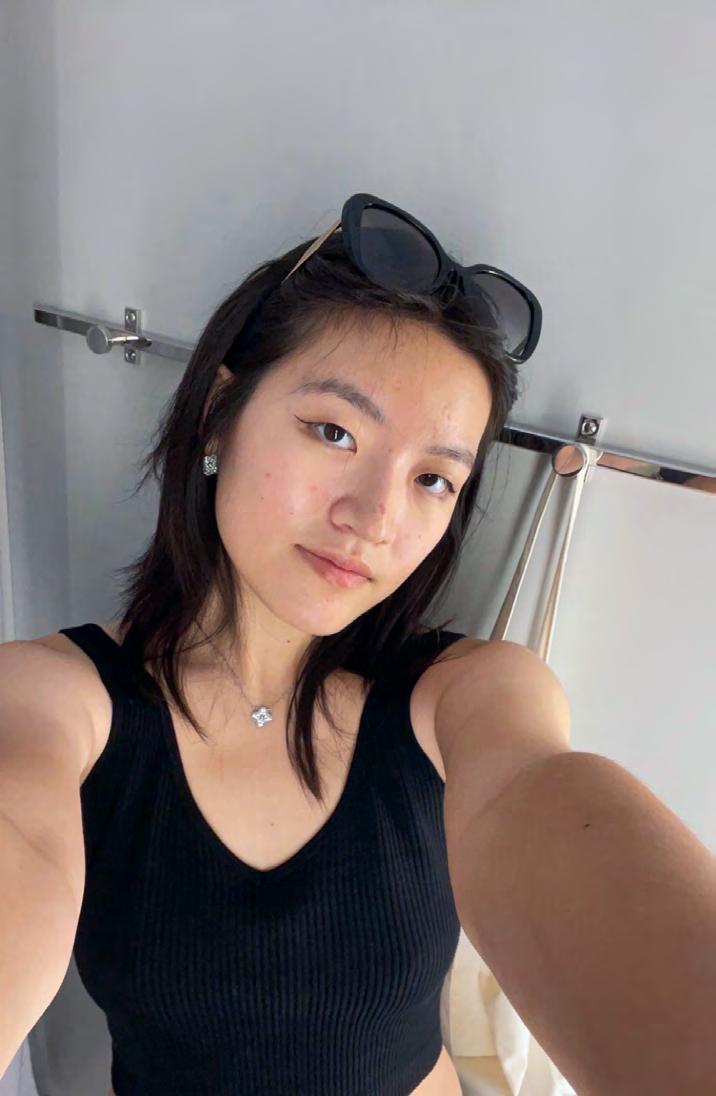
IAN (@zerointhebank) SALLYA (@0706.withlove) NICO (@kawaiinico.jpg)
JIN (@lejinfan) EDDIE (@_lousypoetry_) SKY (@skydooooo)
JULIO (@kuliojulio)
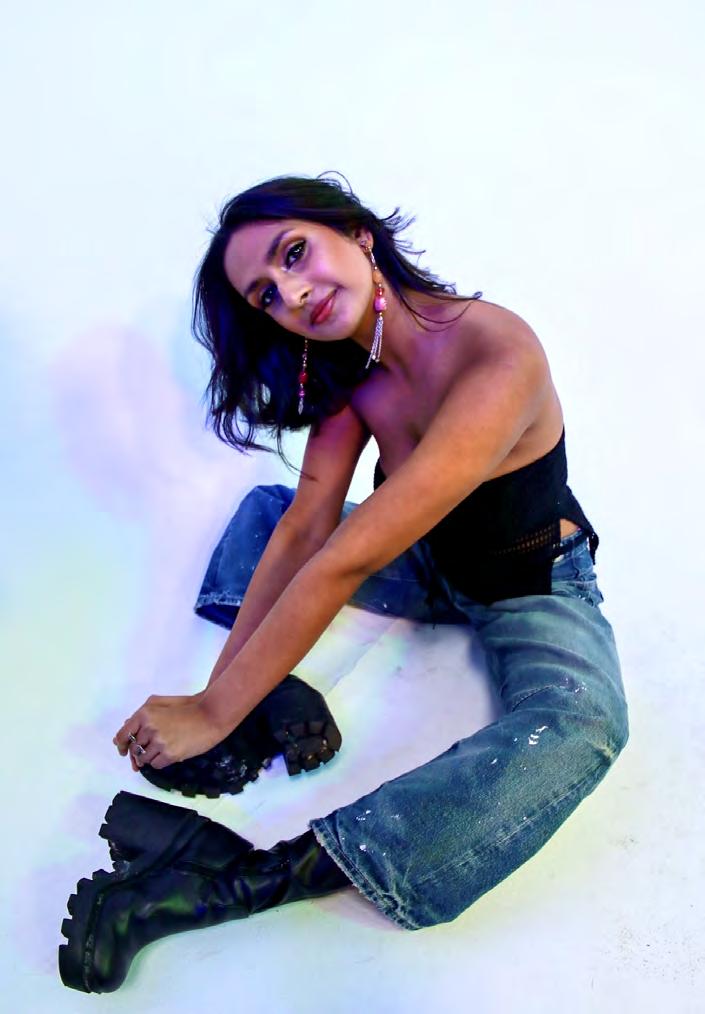
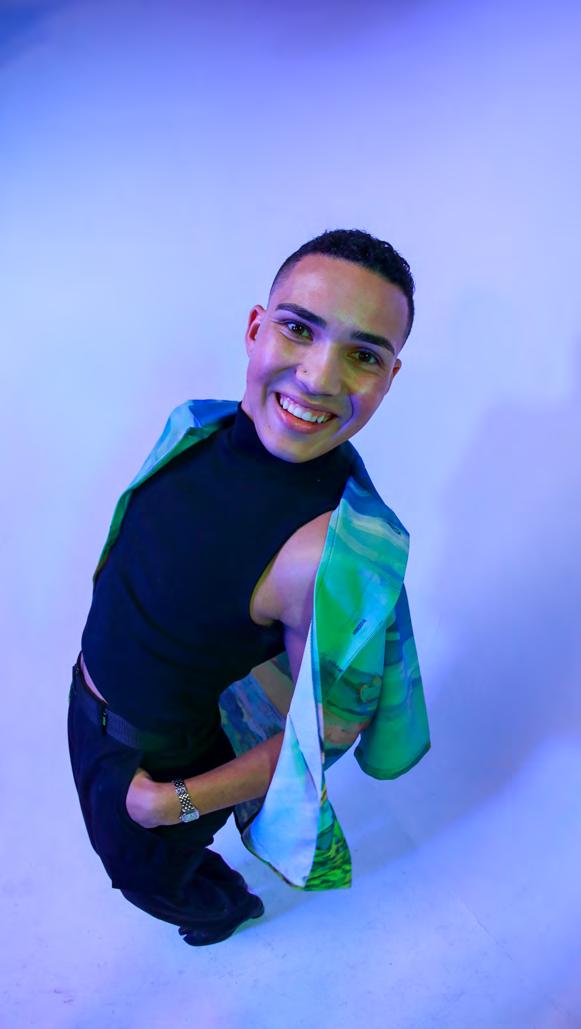
PAUL LIBATIQUE KYRIE (@kyrievarieur) STEPH (@stely.wong) CHLOE (@chloepascalll)
JONATHAN (@jonnrrivas) LUCAS (@lucanoa_)
THERESE (@therese.rl)
 NIHARIKA (@niihariika)
Lead Writer
RENEE (@renenetran)
Designer
CLAIRE (@claireschweig_)
Writer
JUSTIN (@justinsprague)
Writer
NIHARIKA (@niihariika)
Lead Writer
RENEE (@renenetran)
Designer
CLAIRE (@claireschweig_)
Writer
JUSTIN (@justinsprague)
Writer
